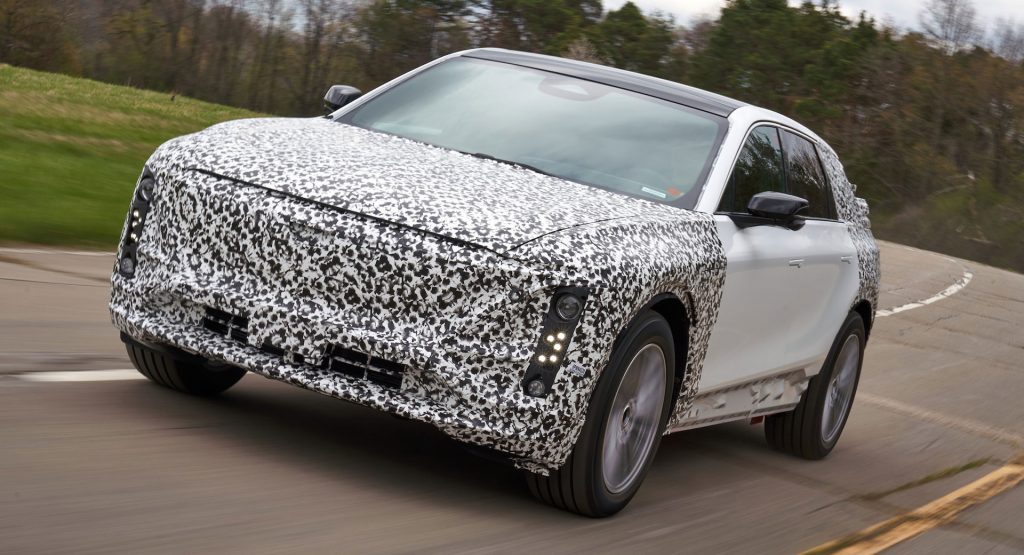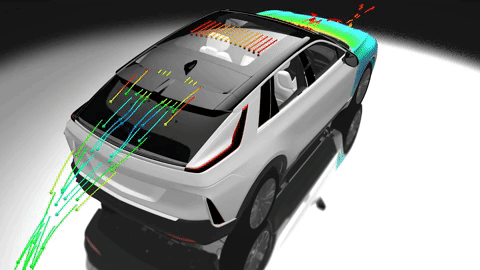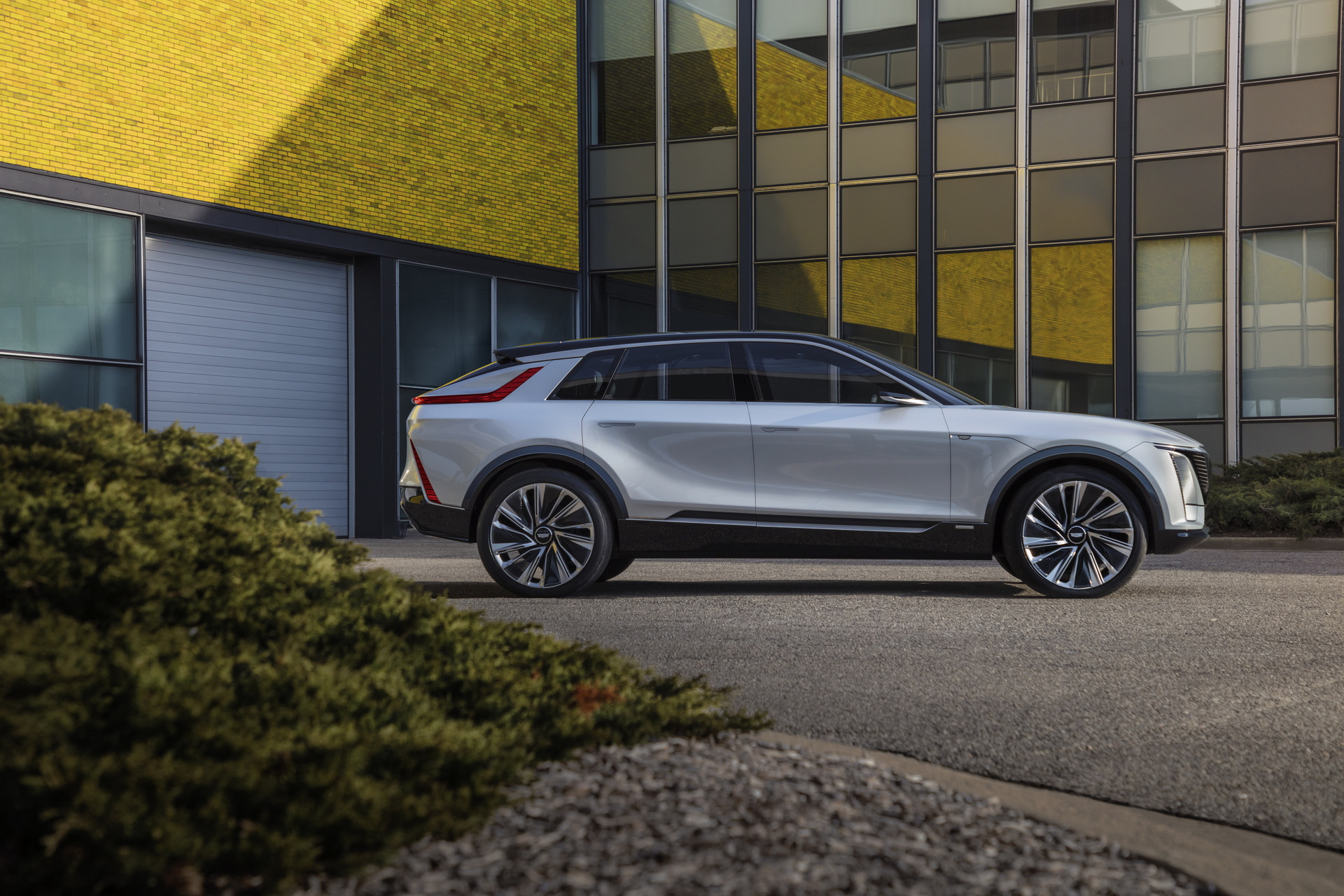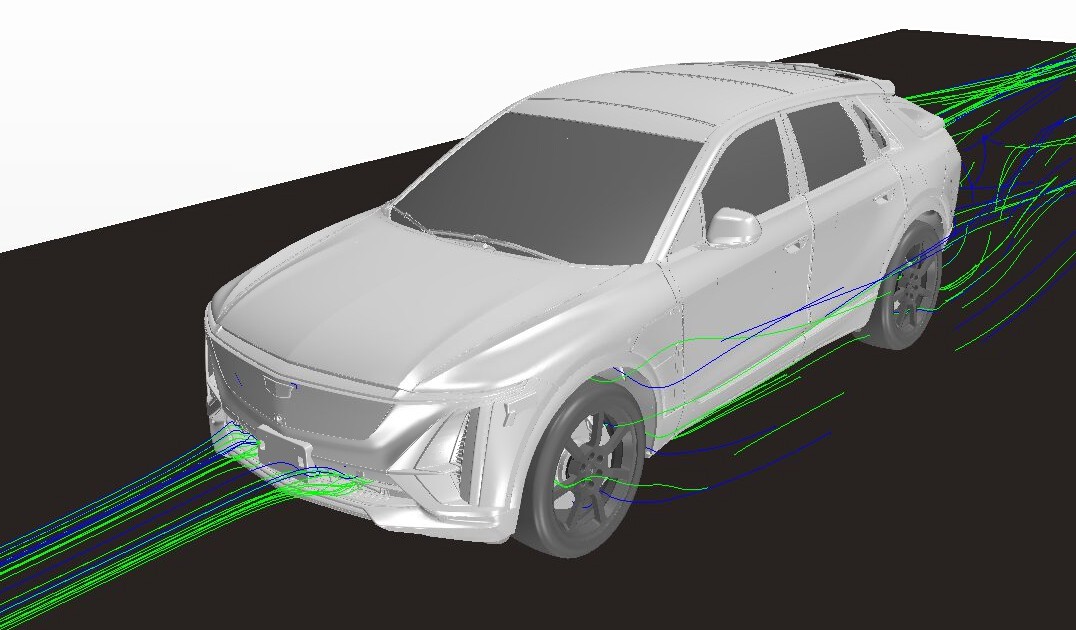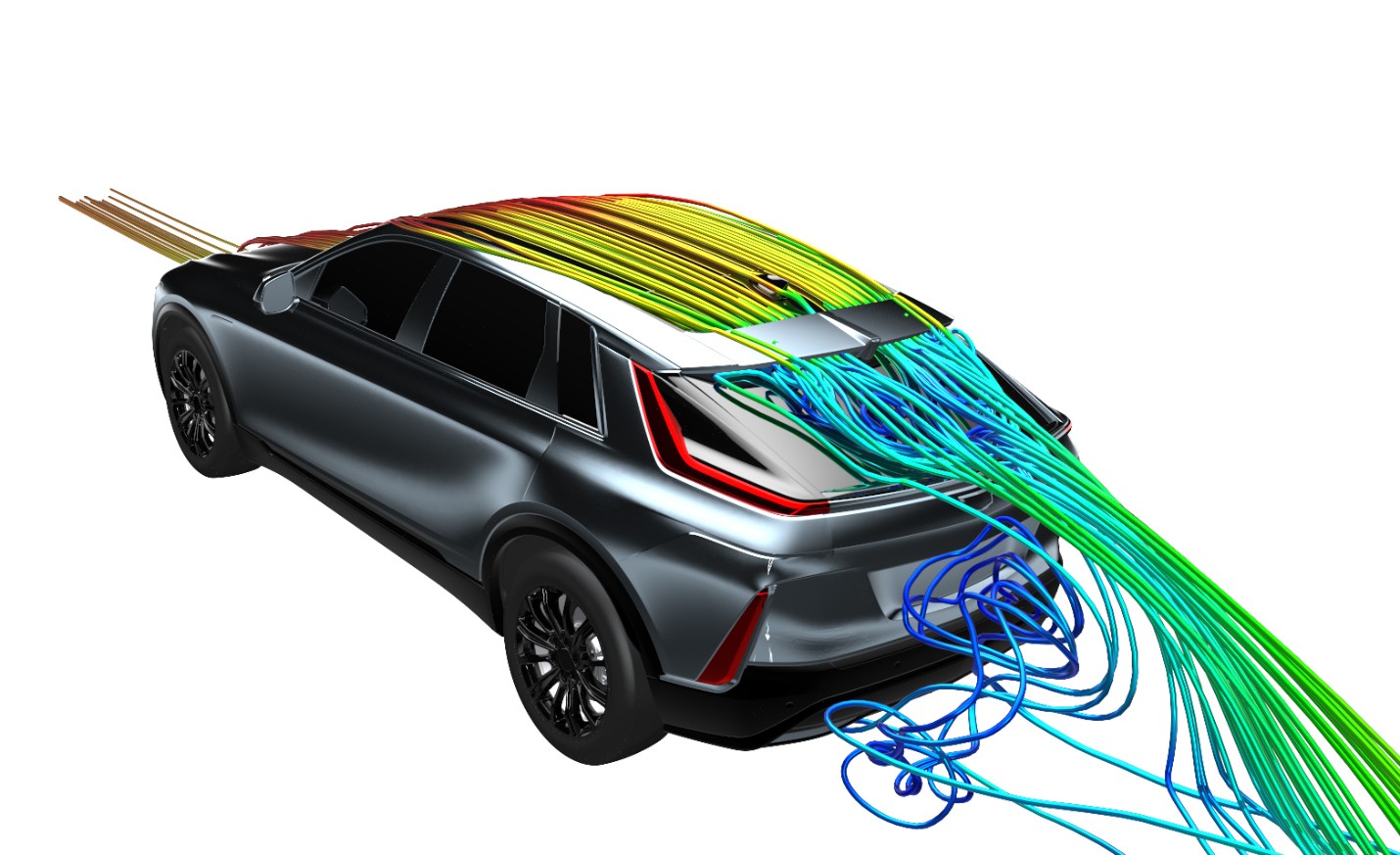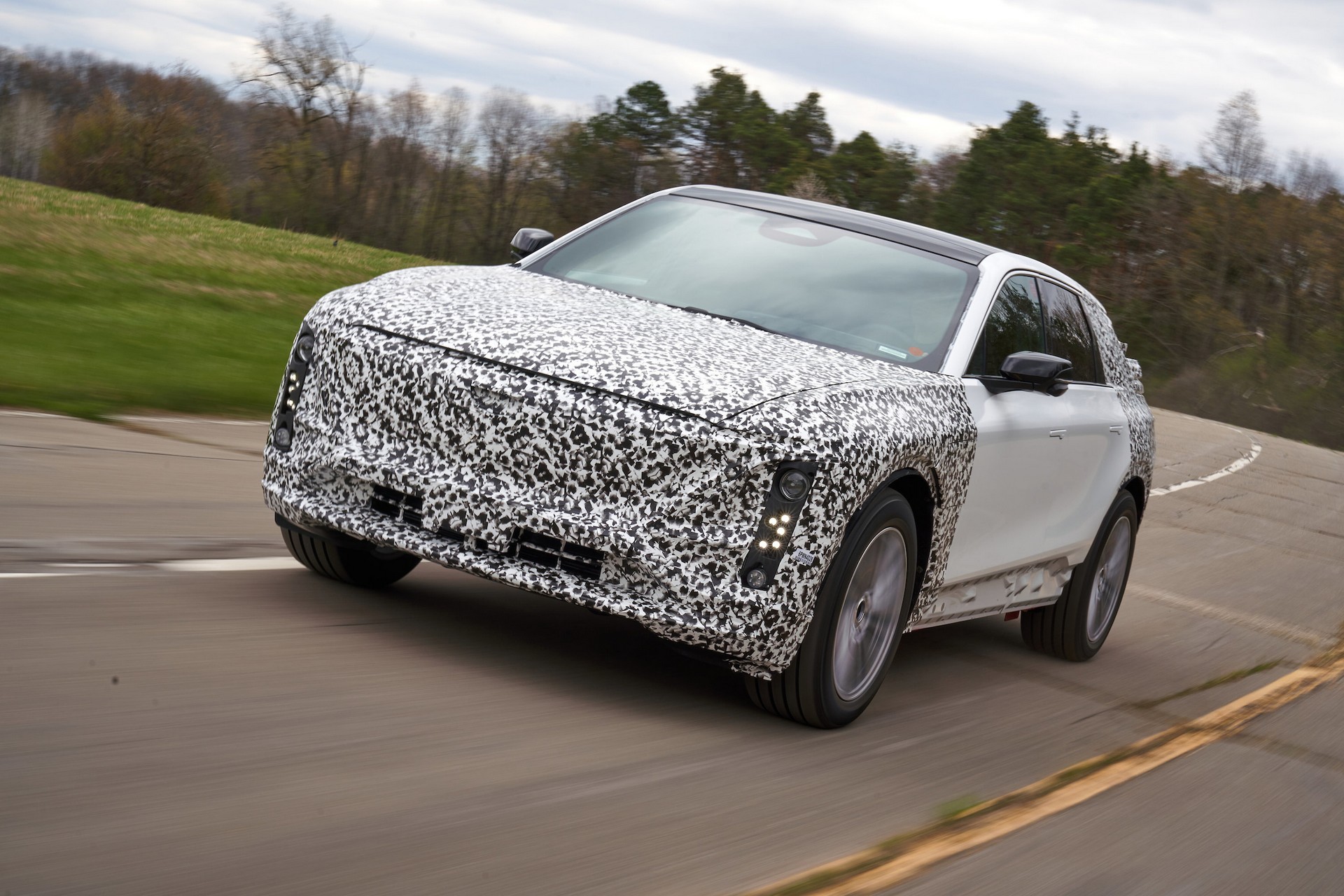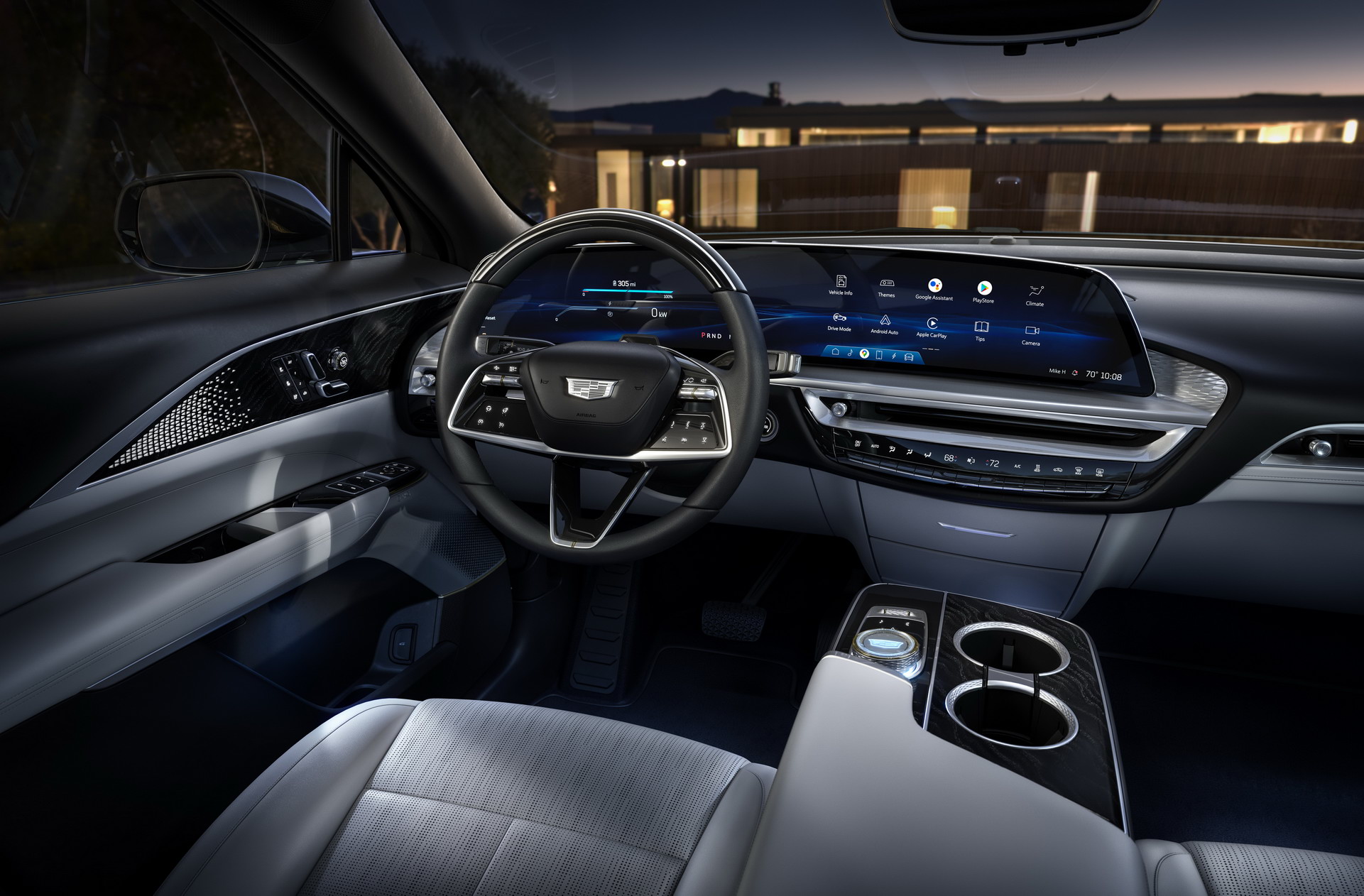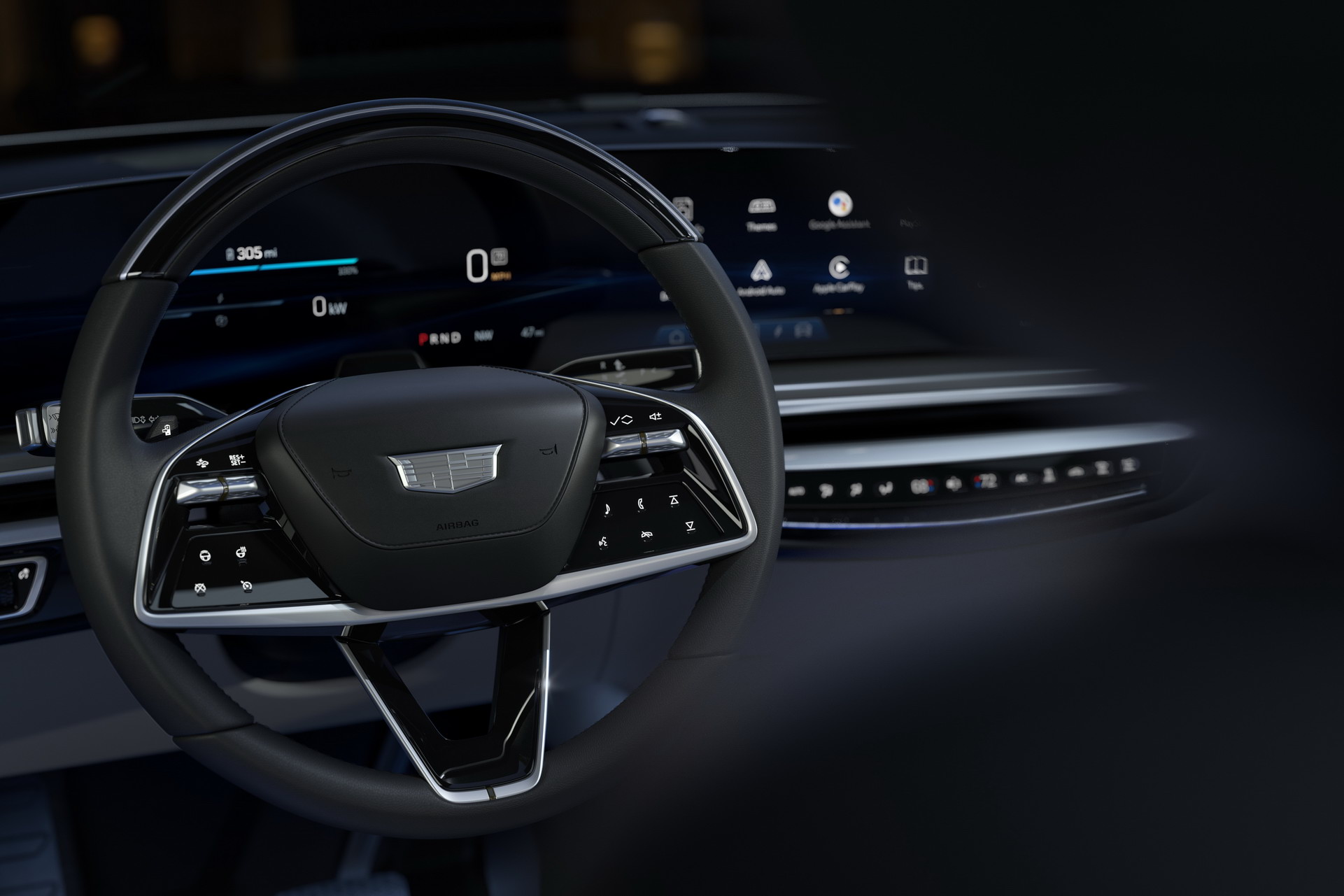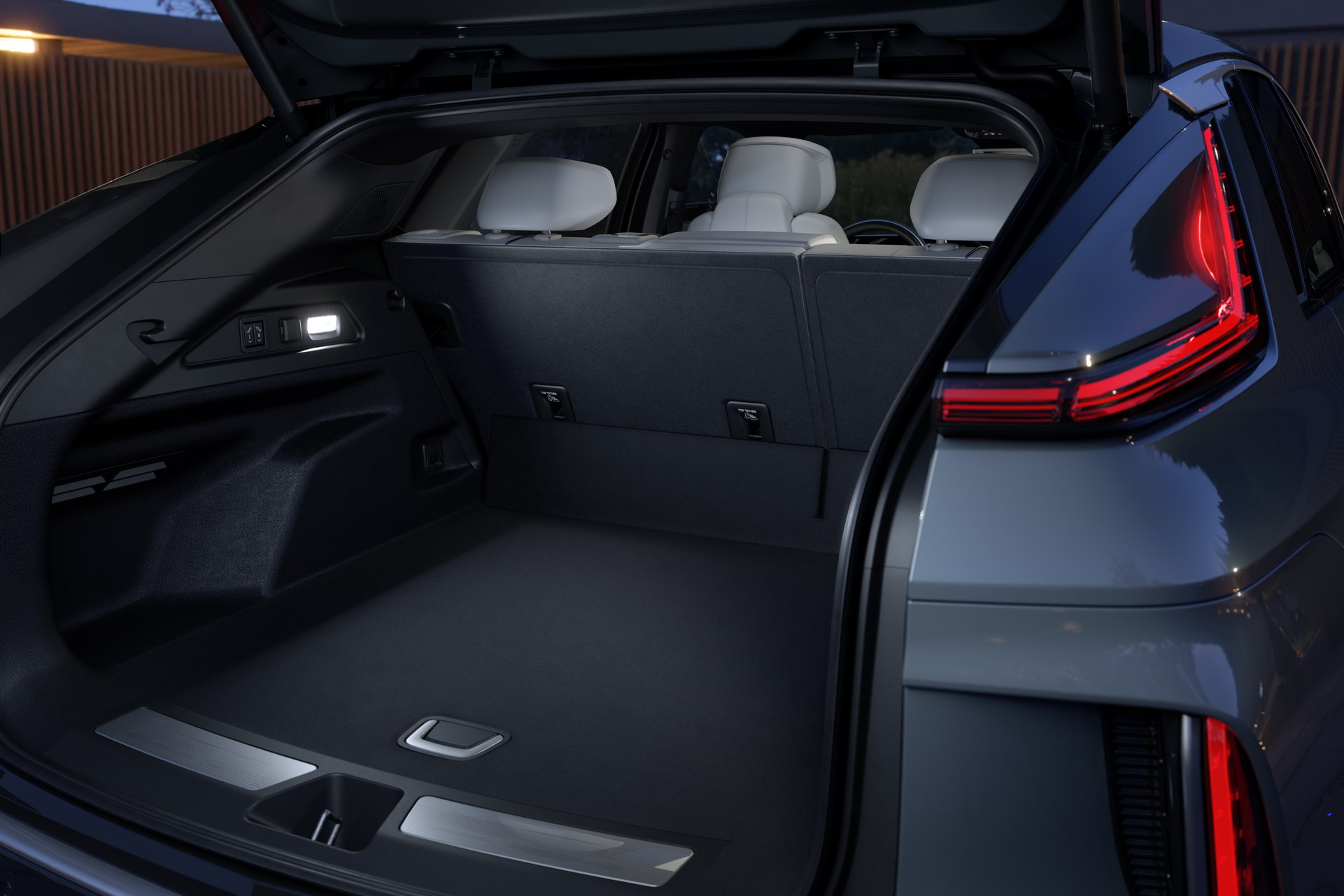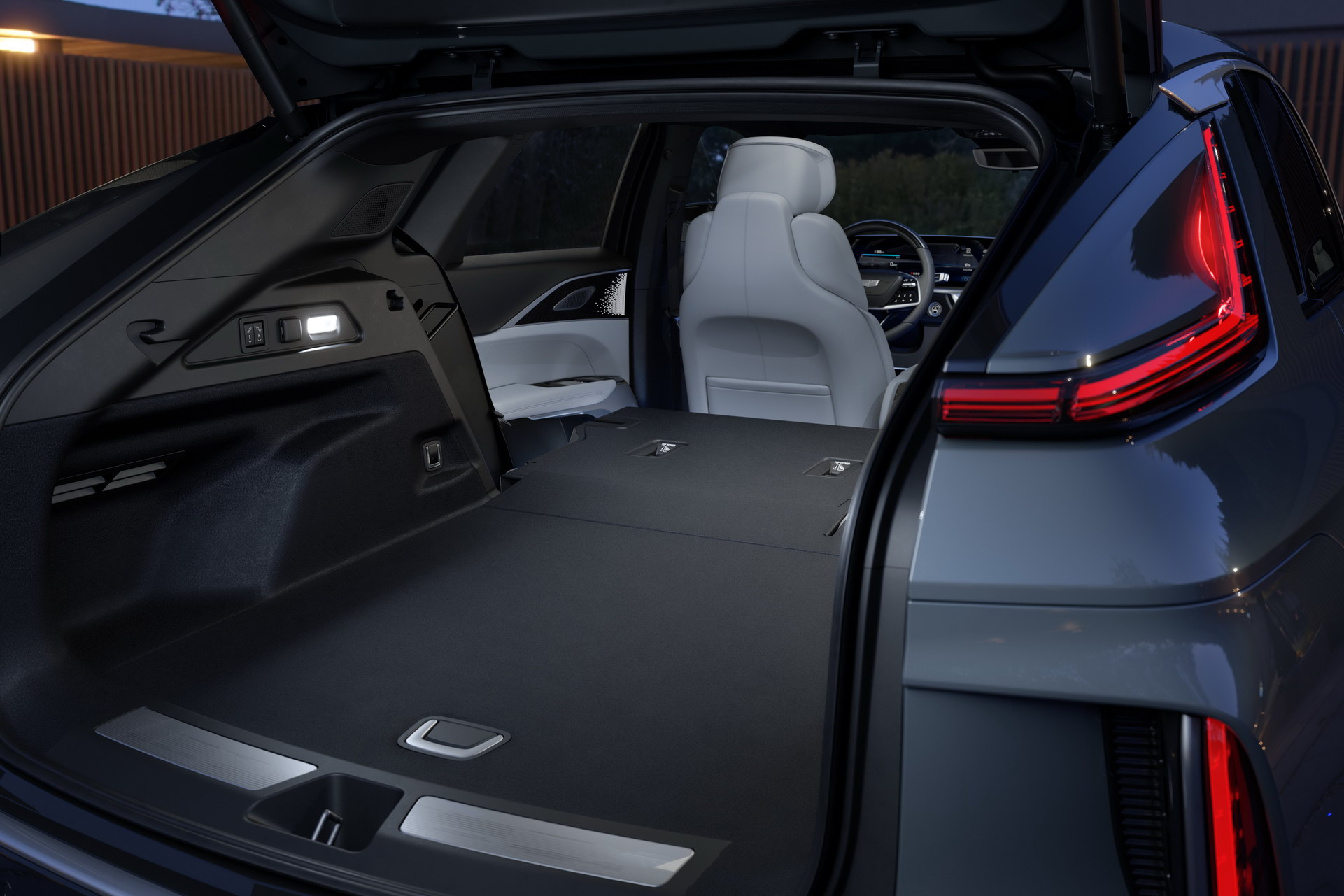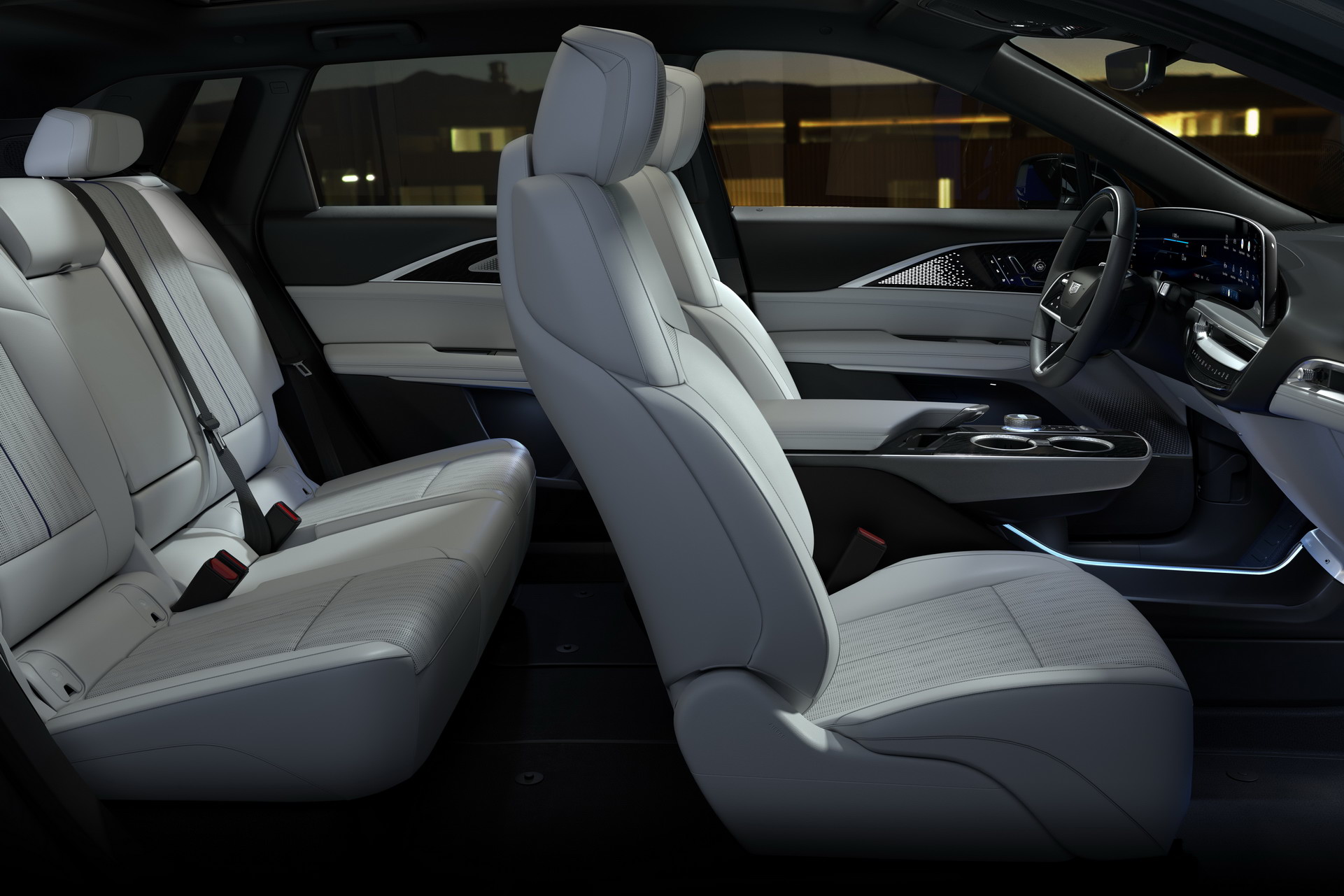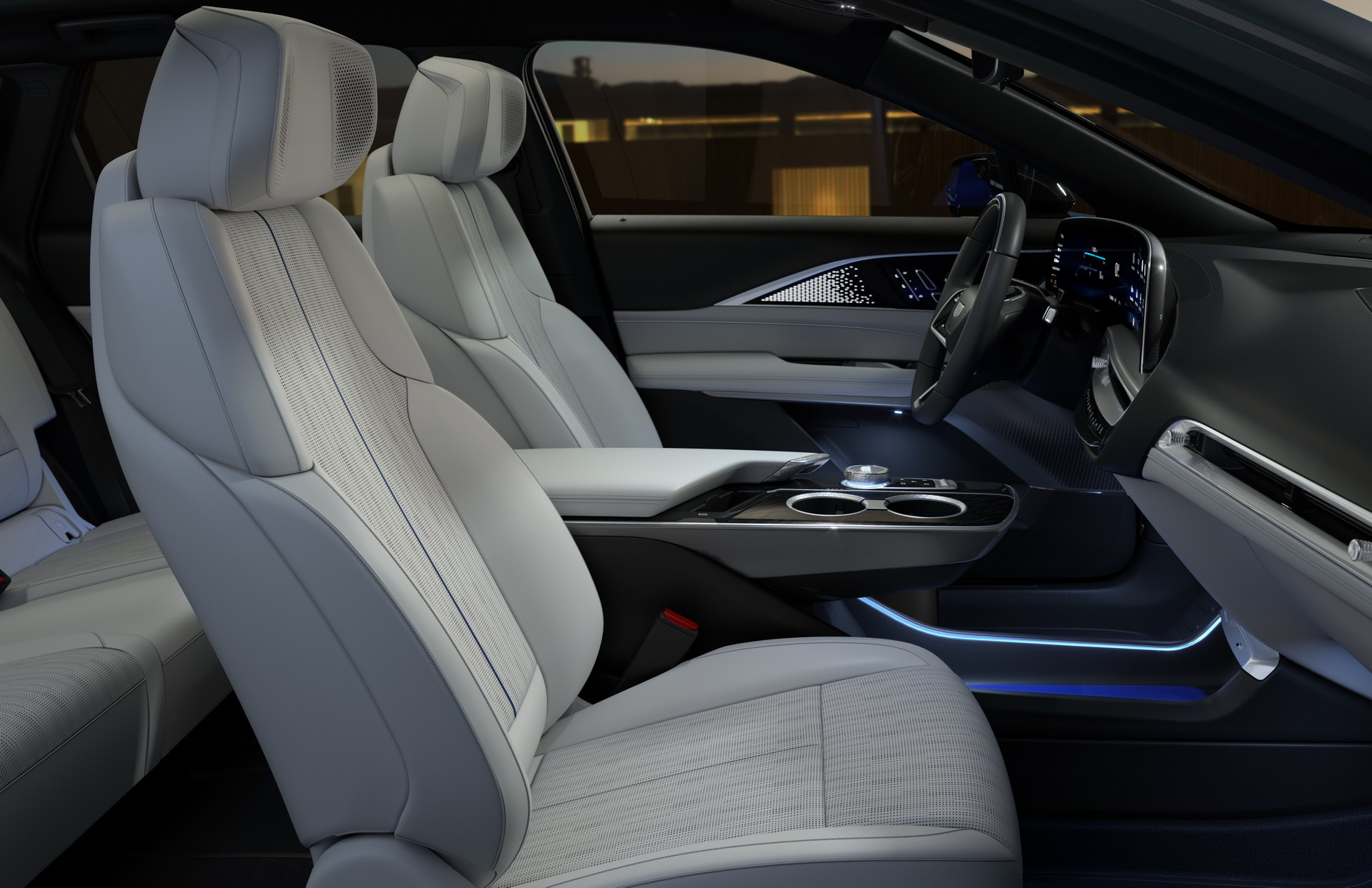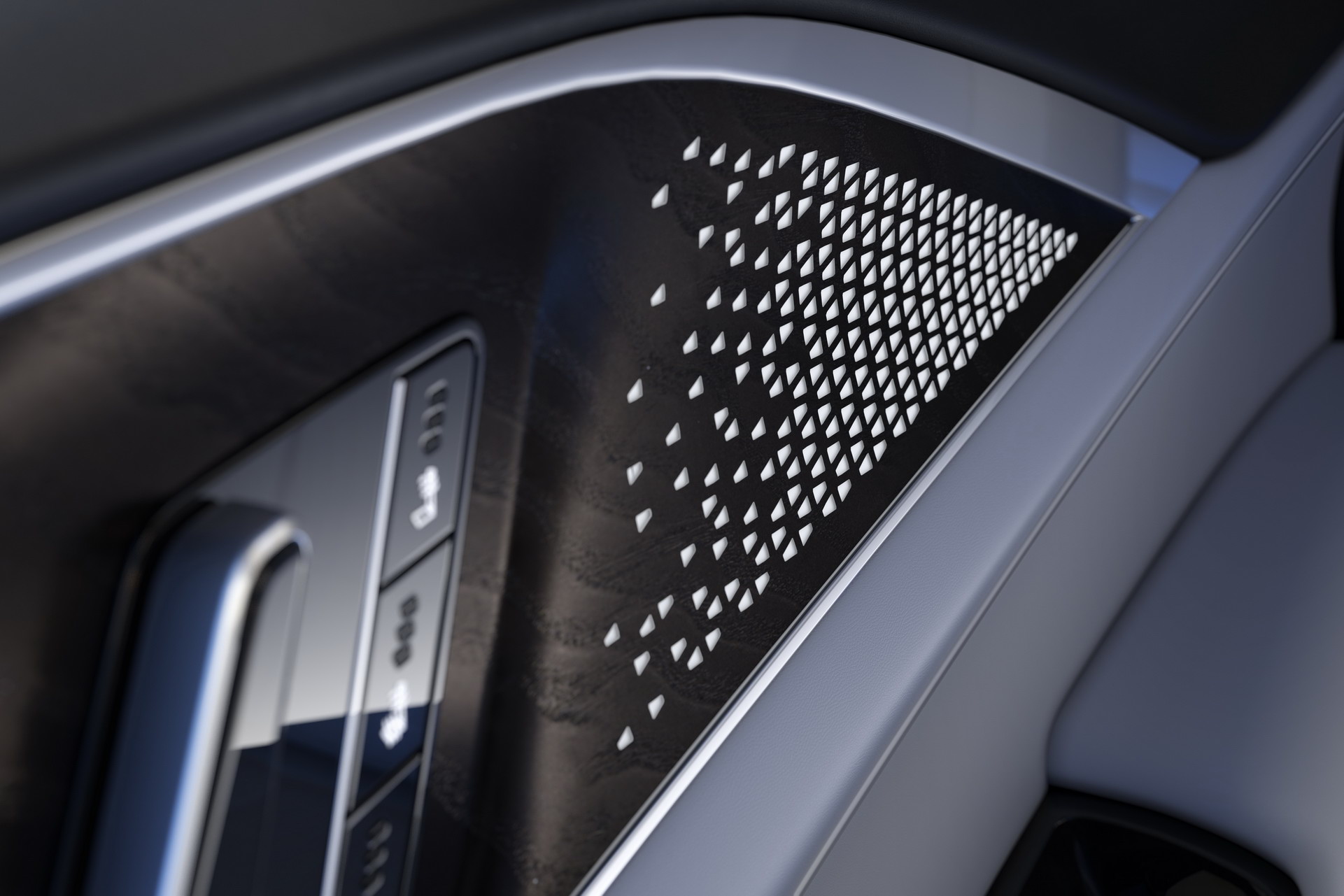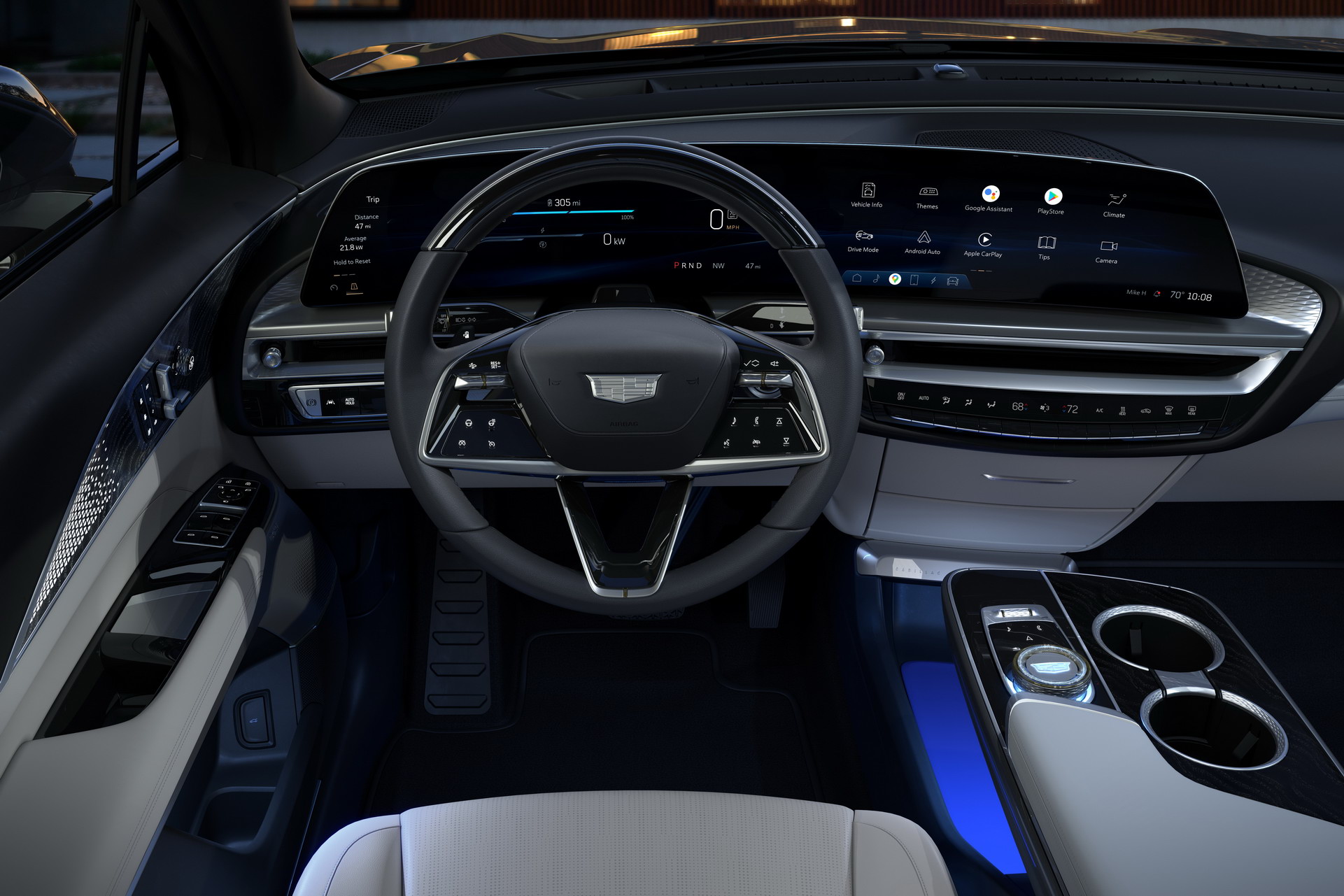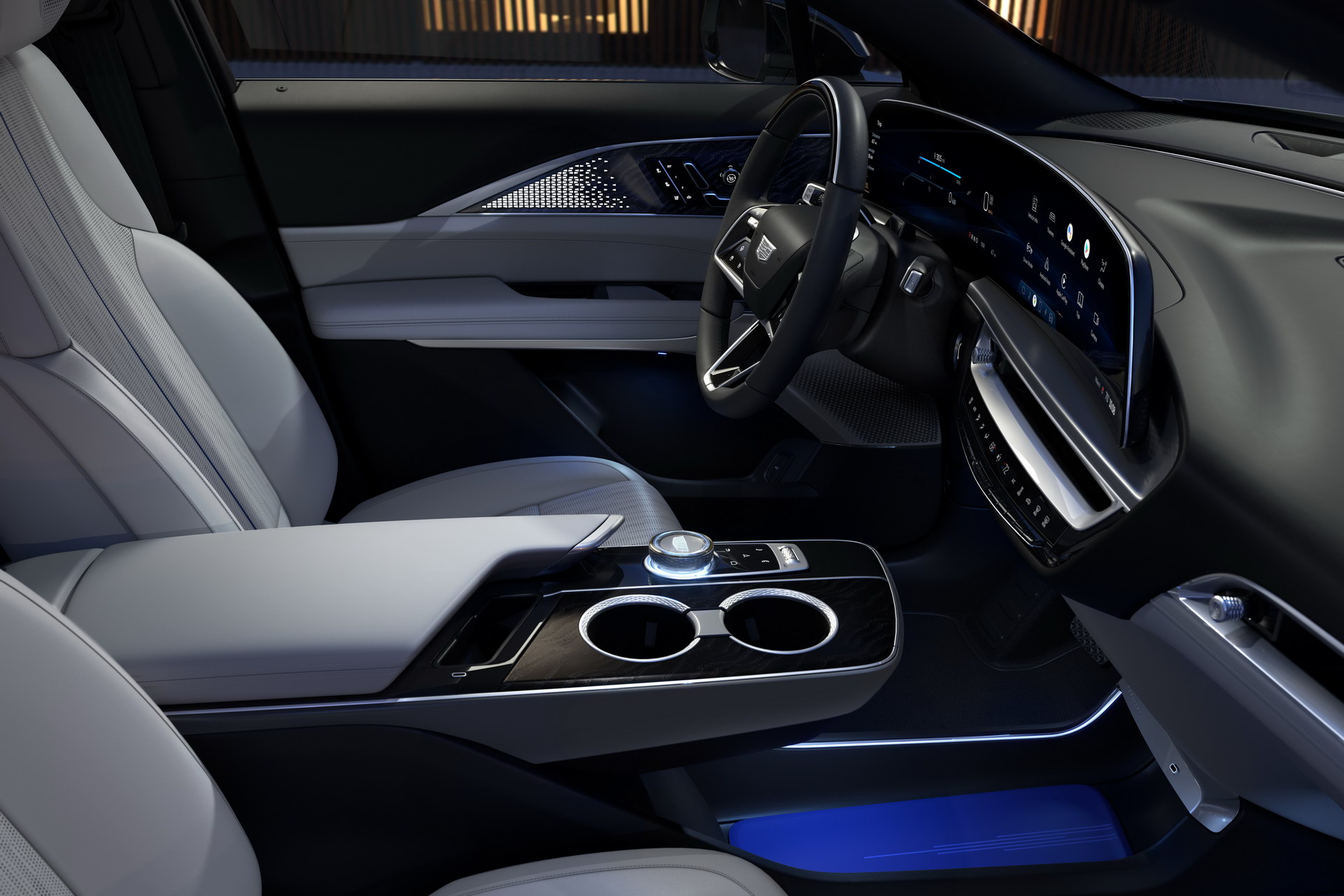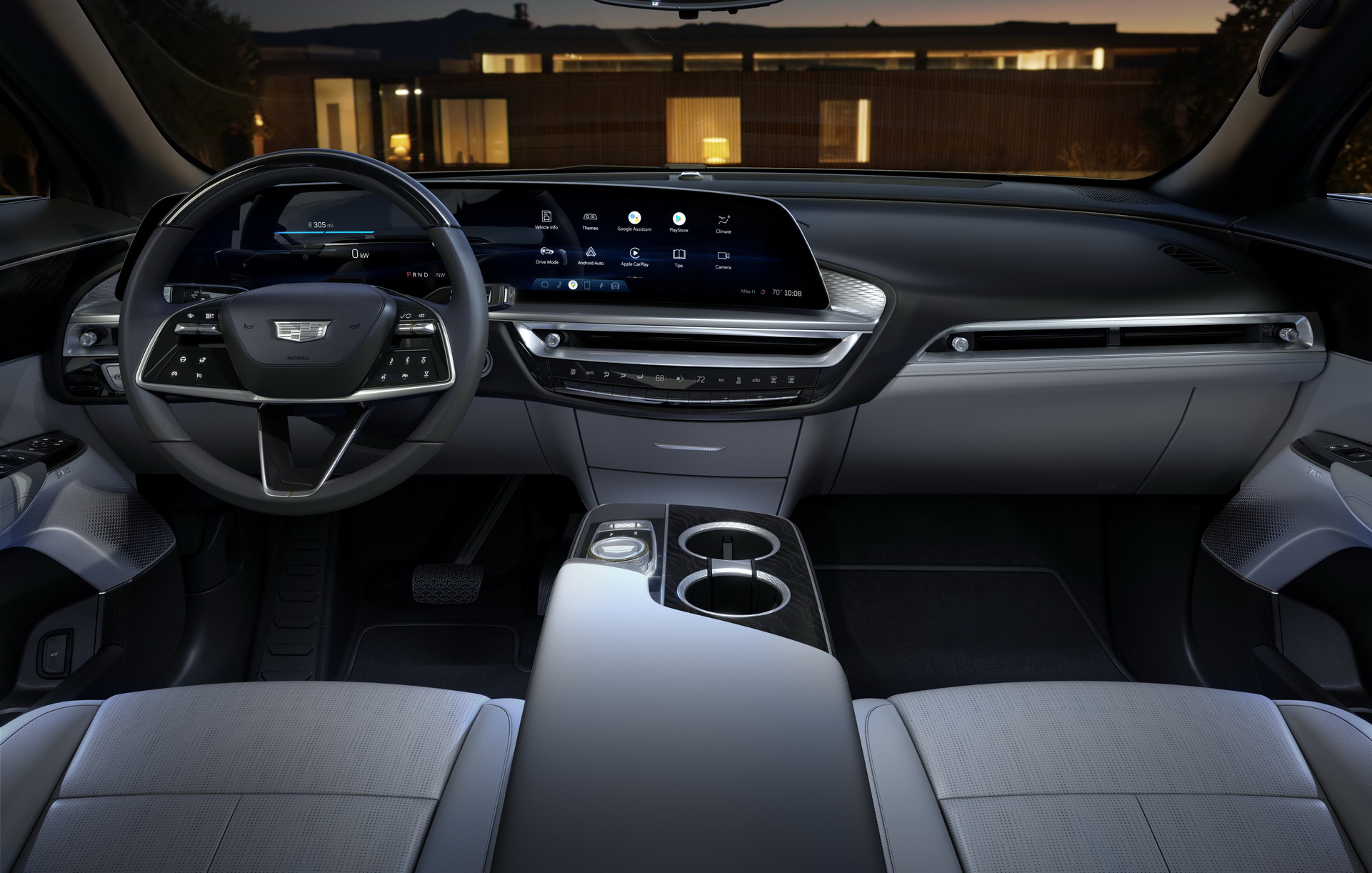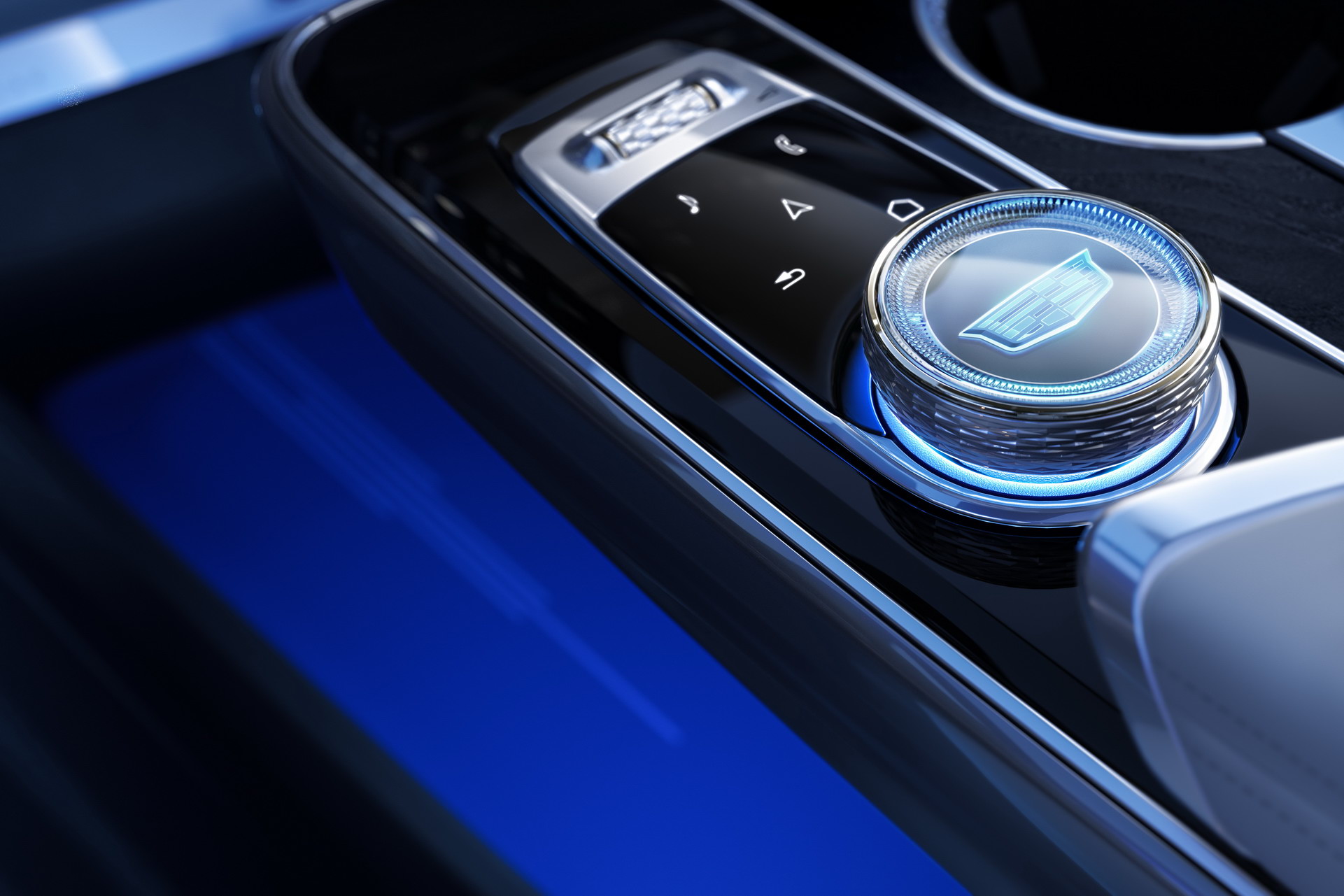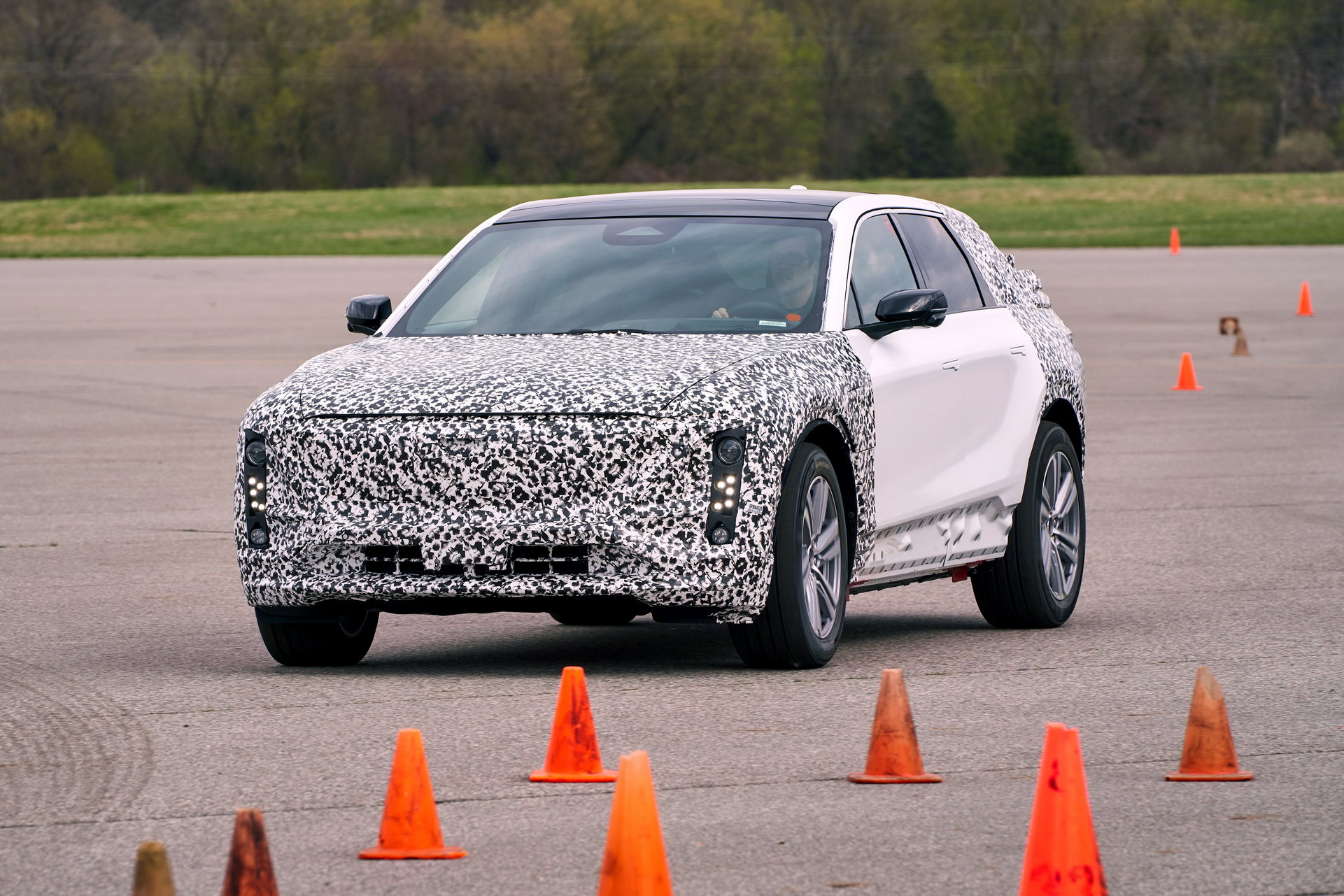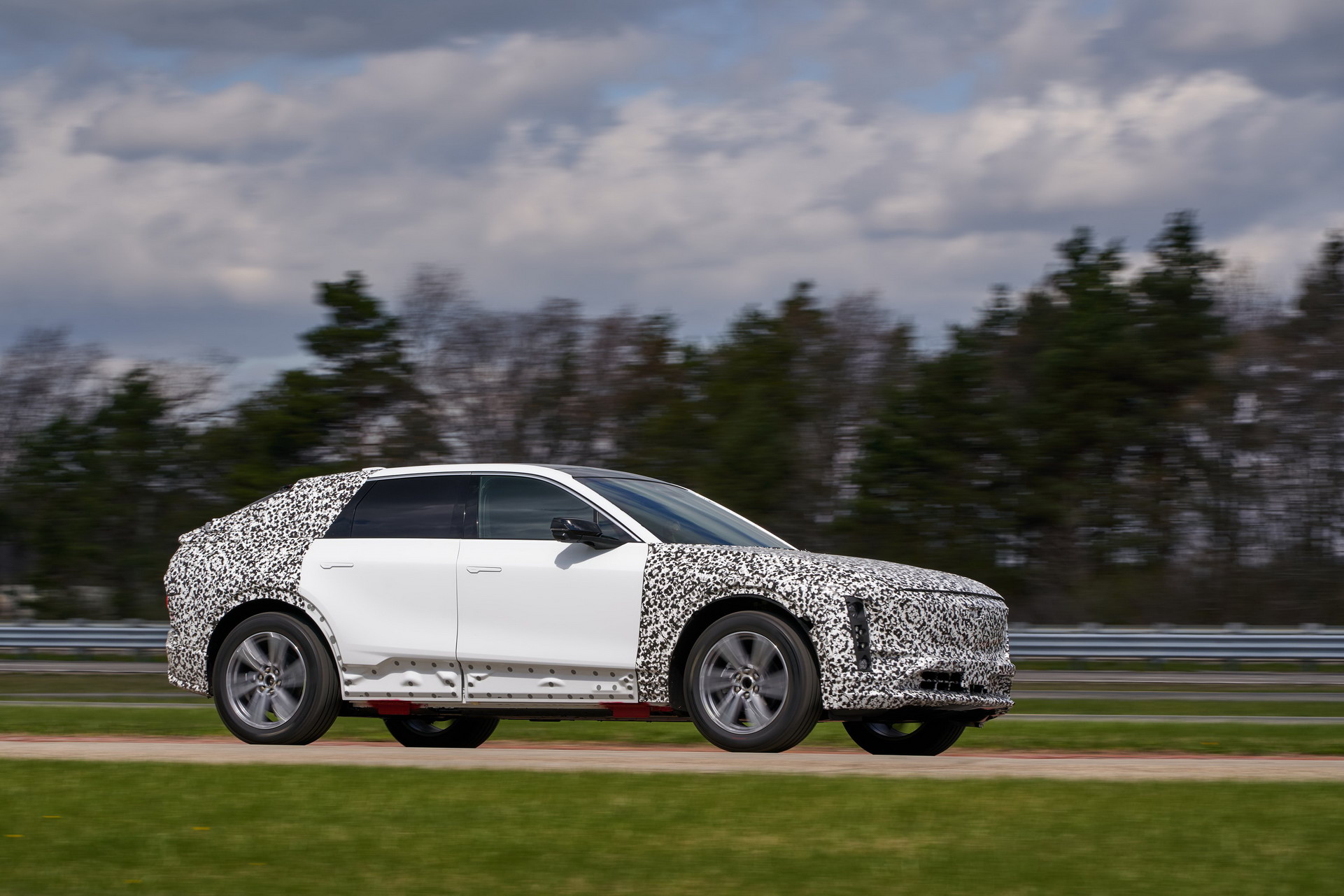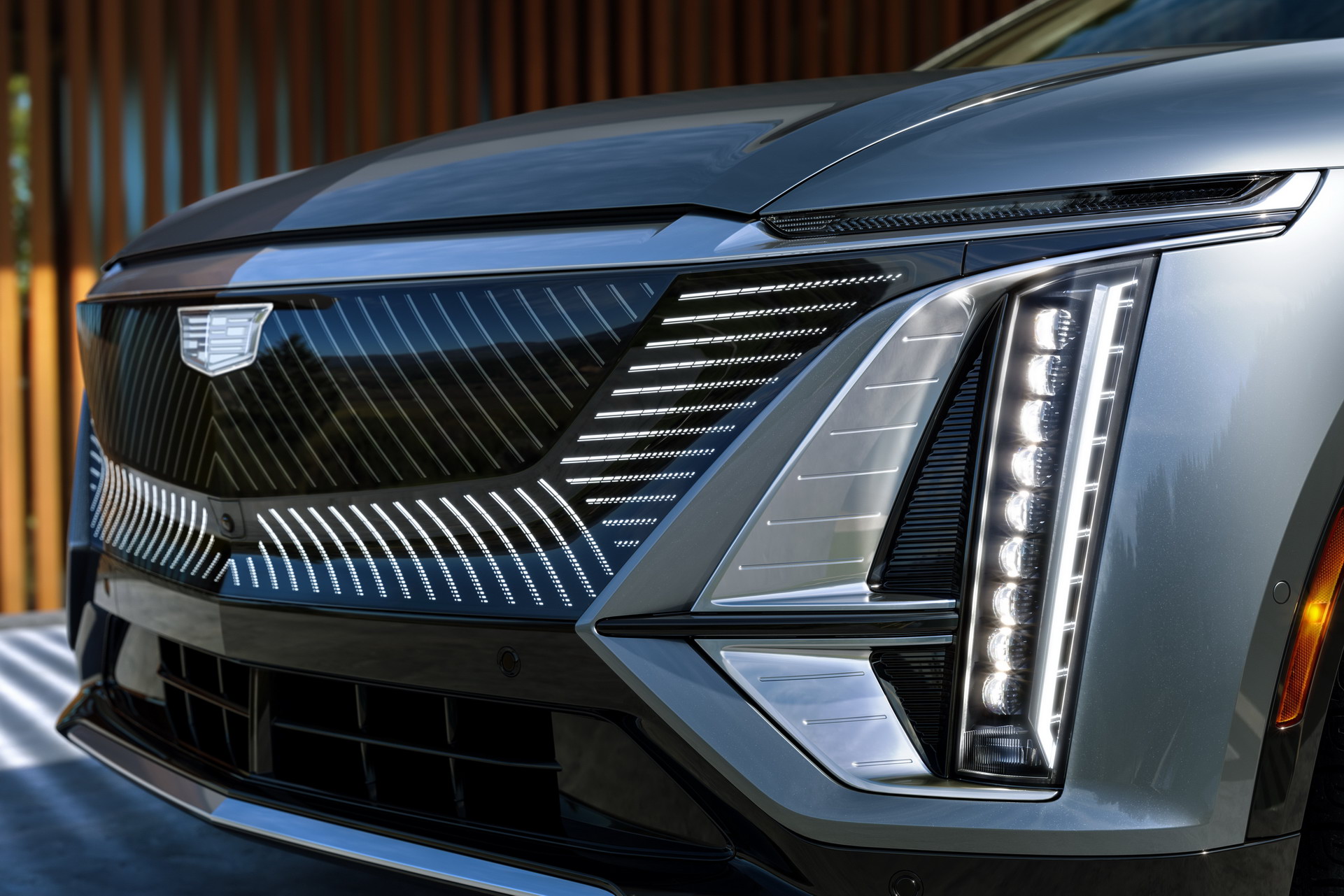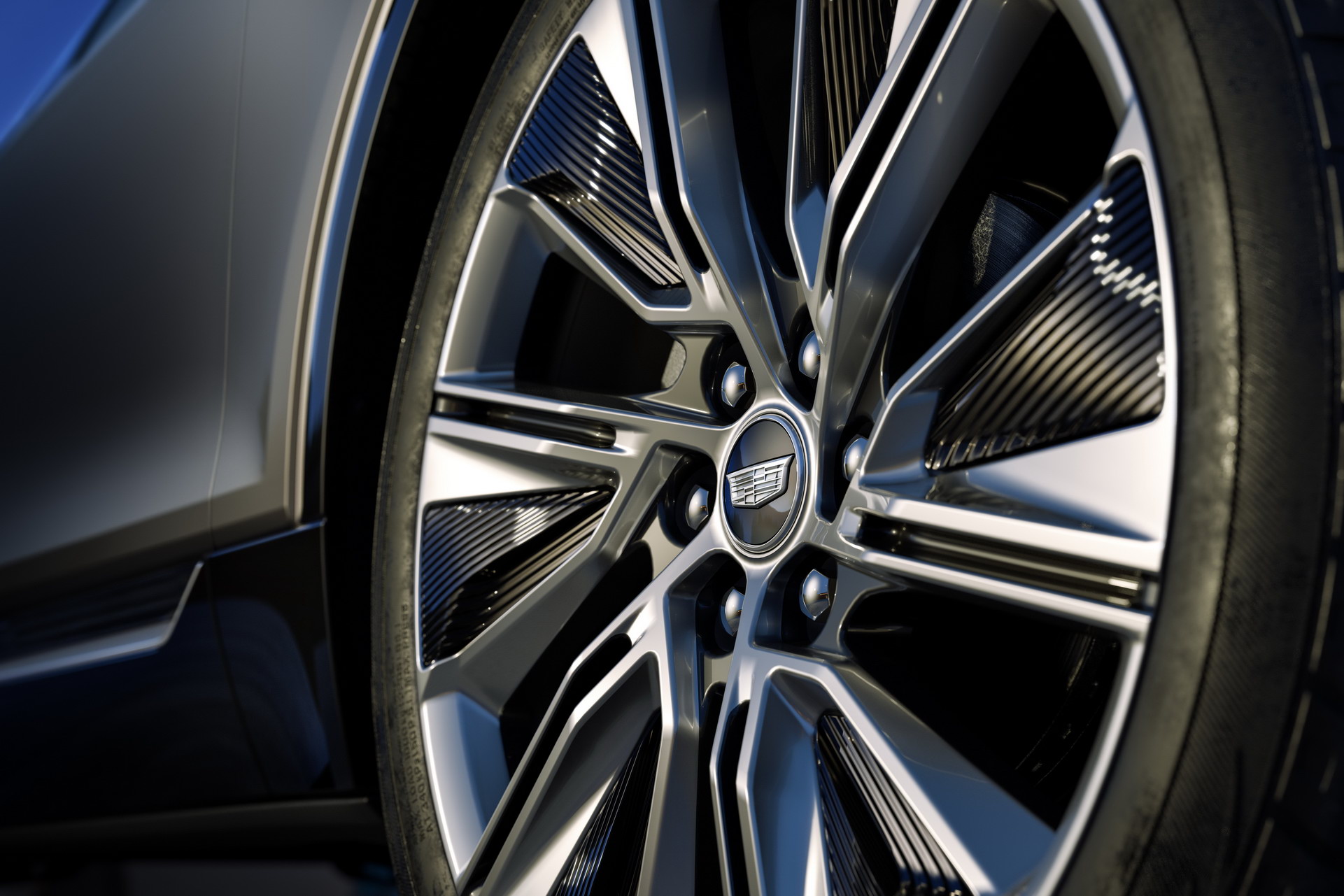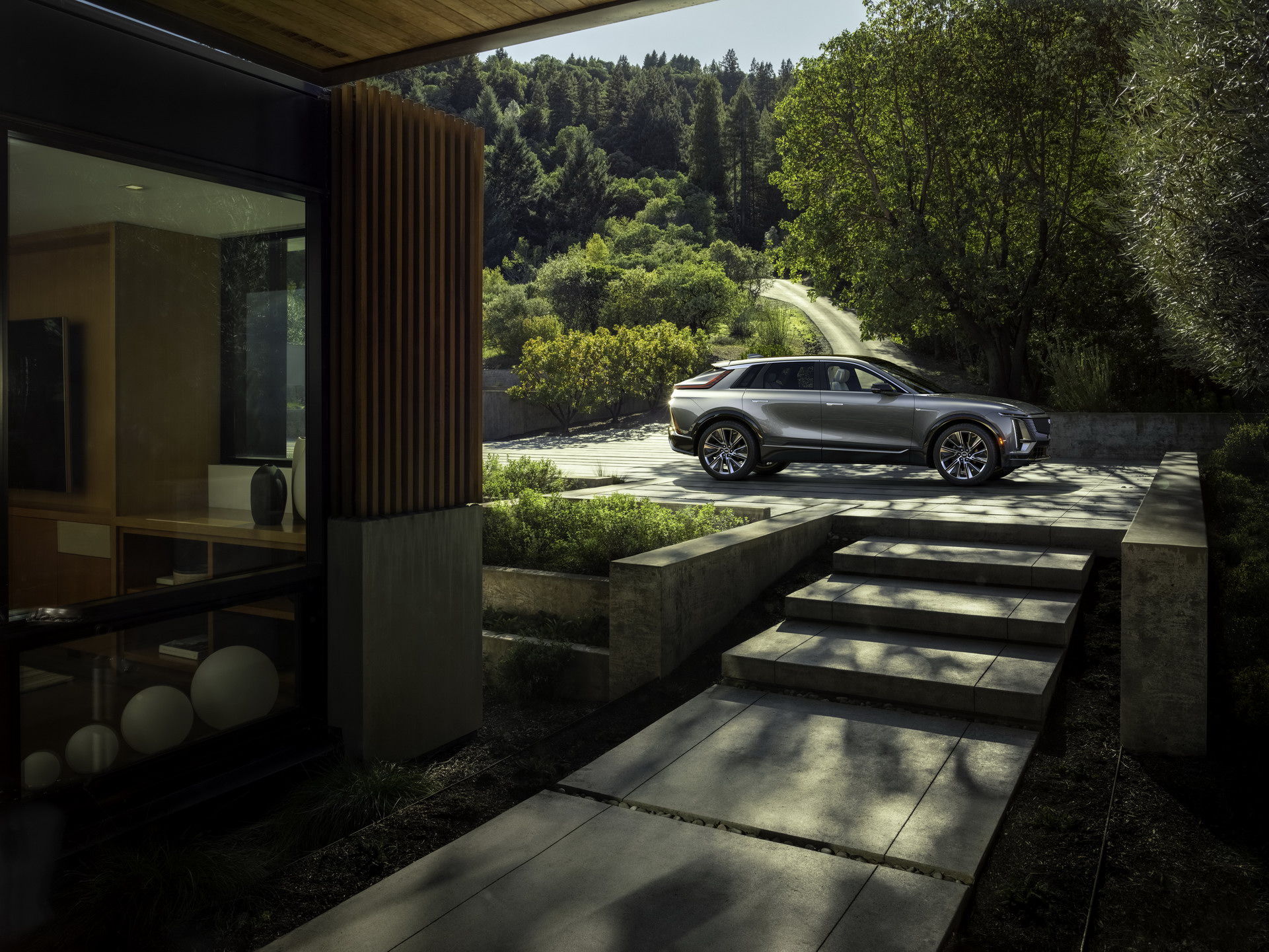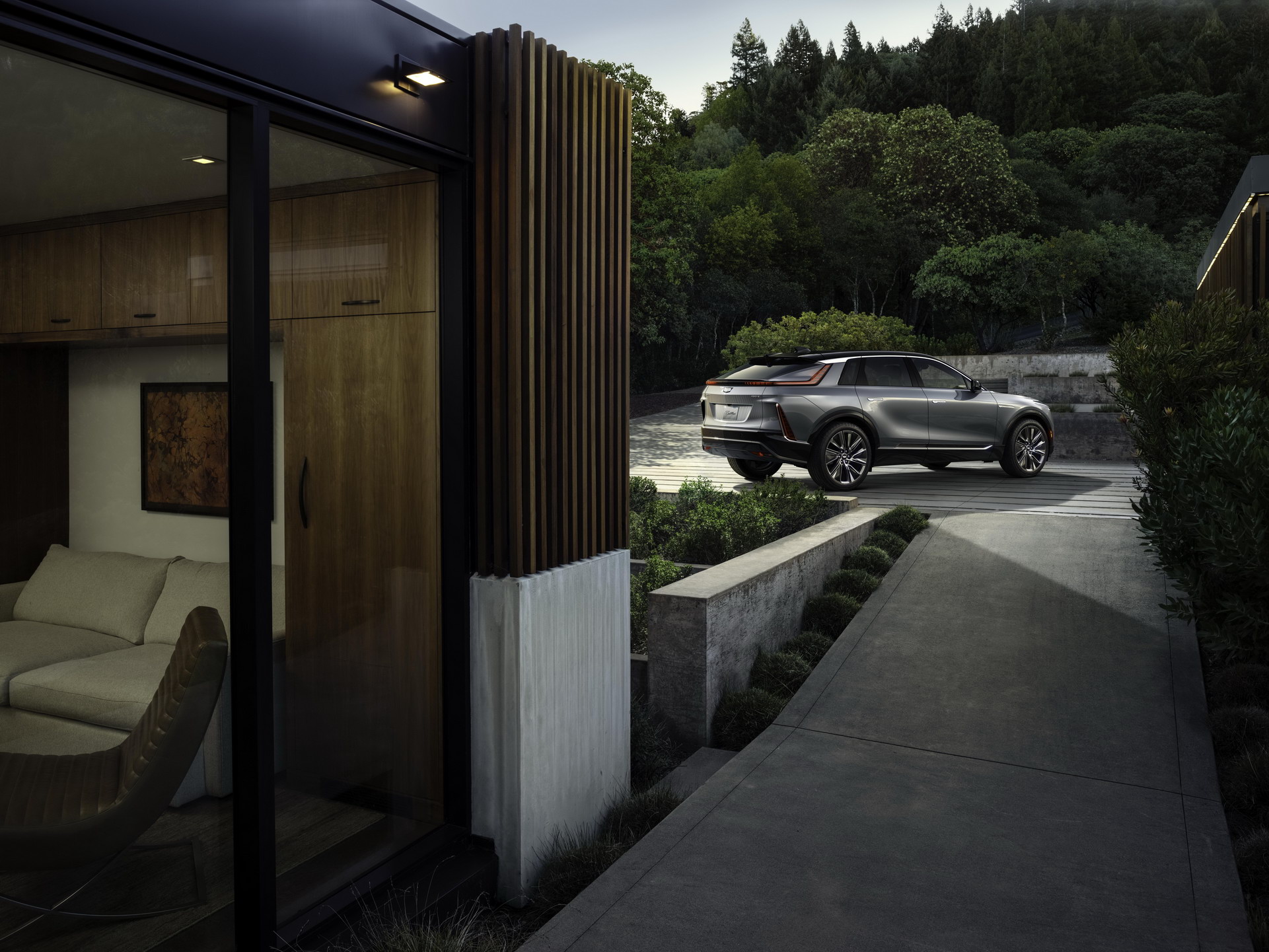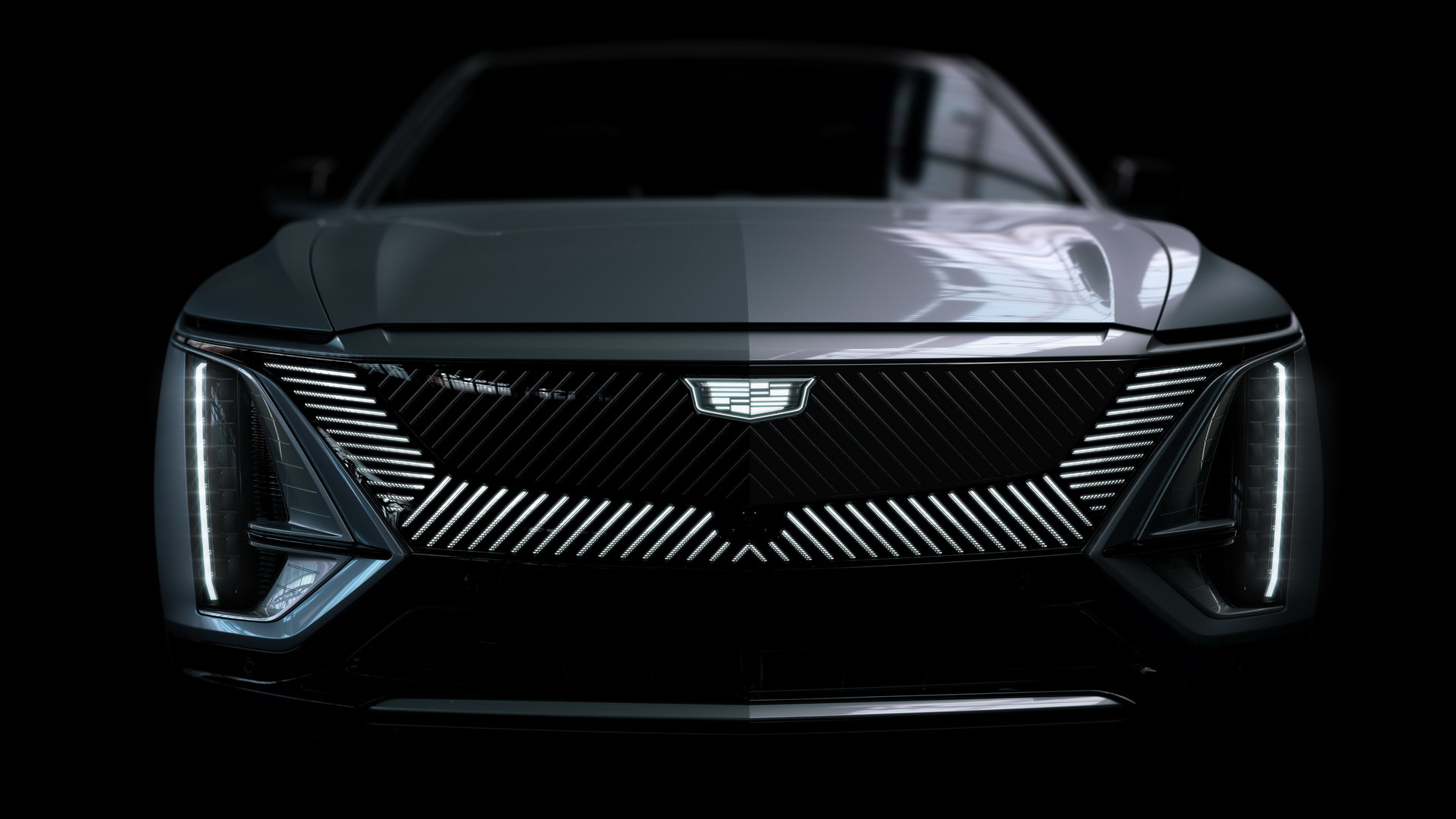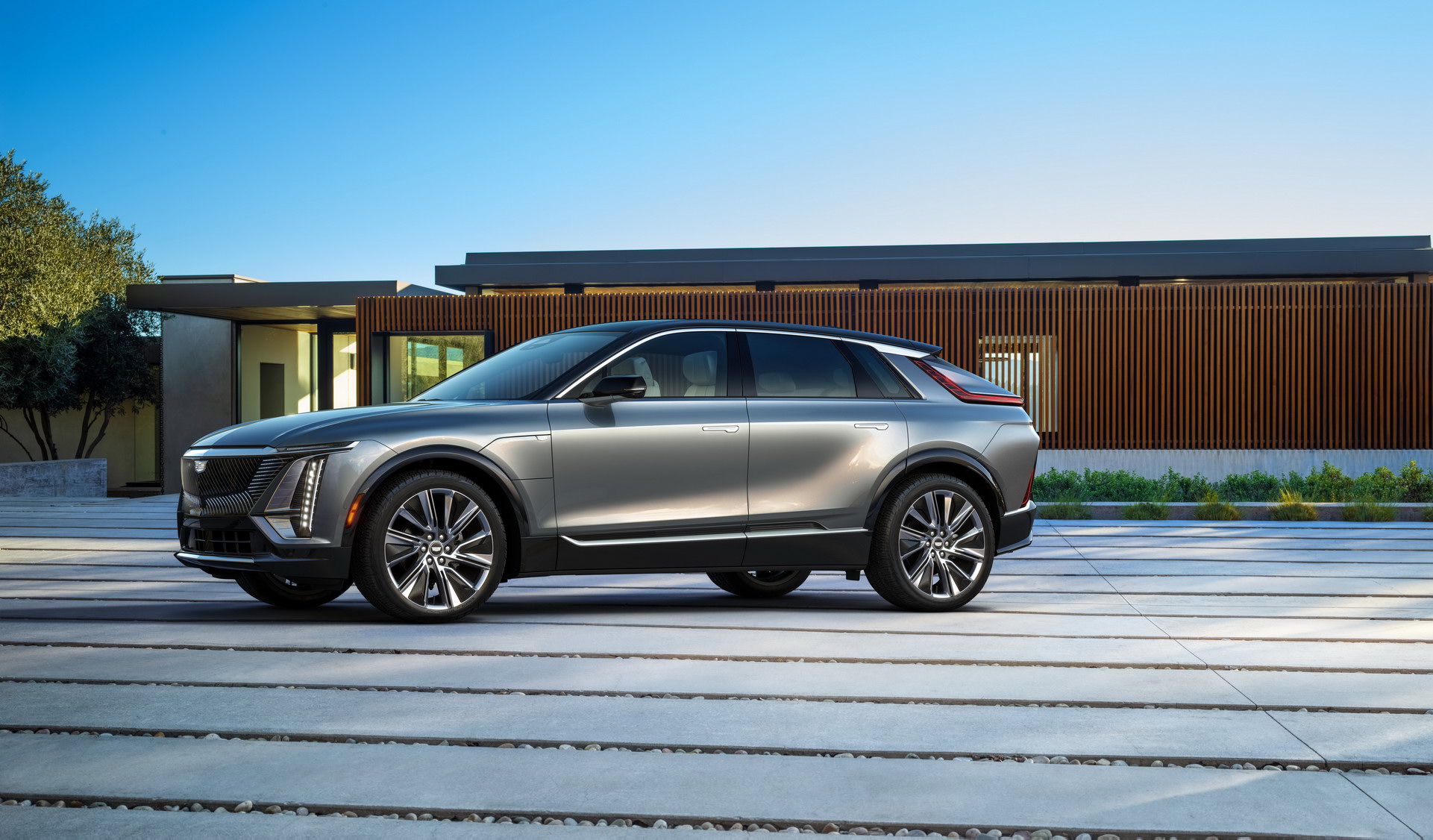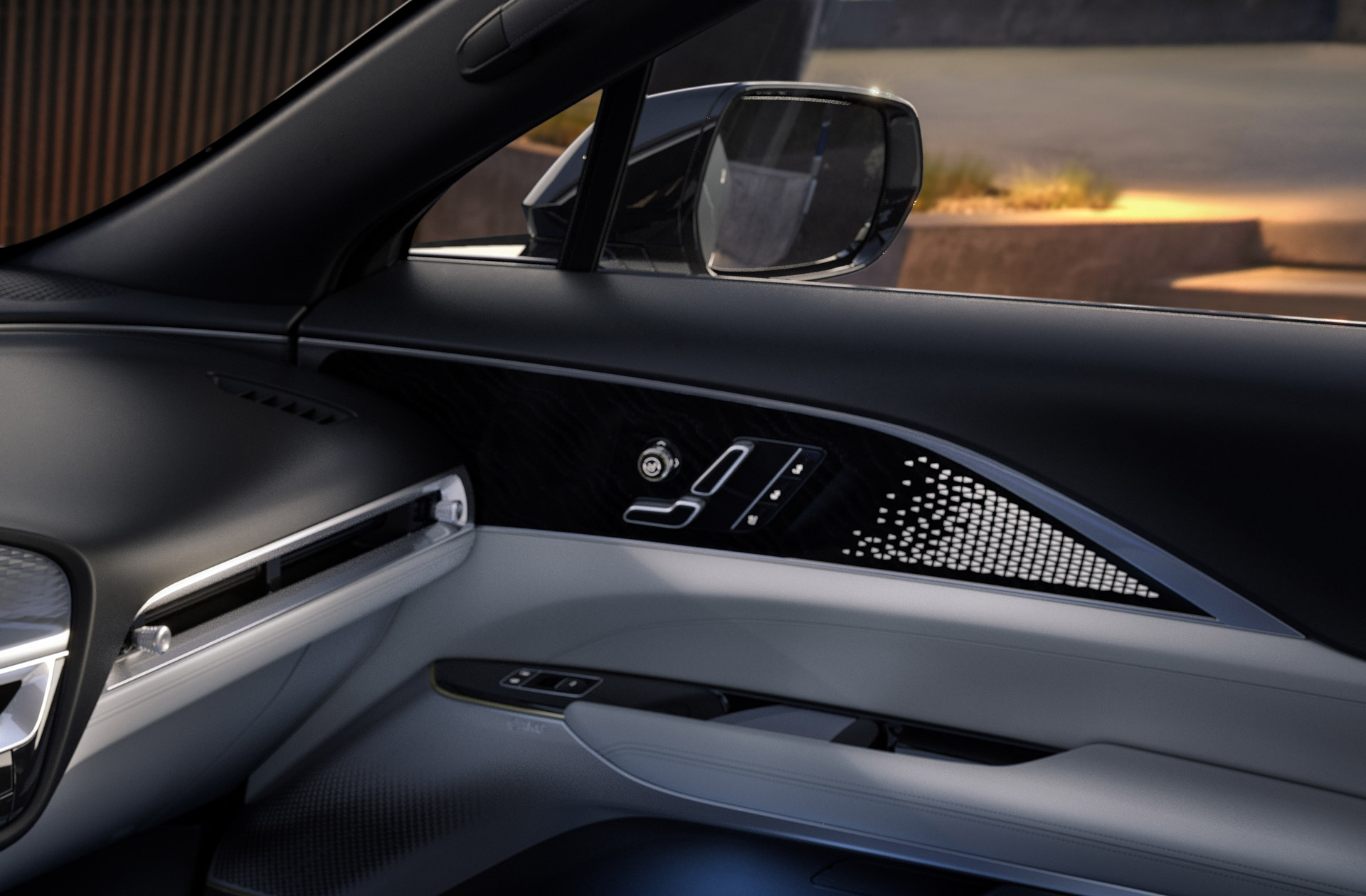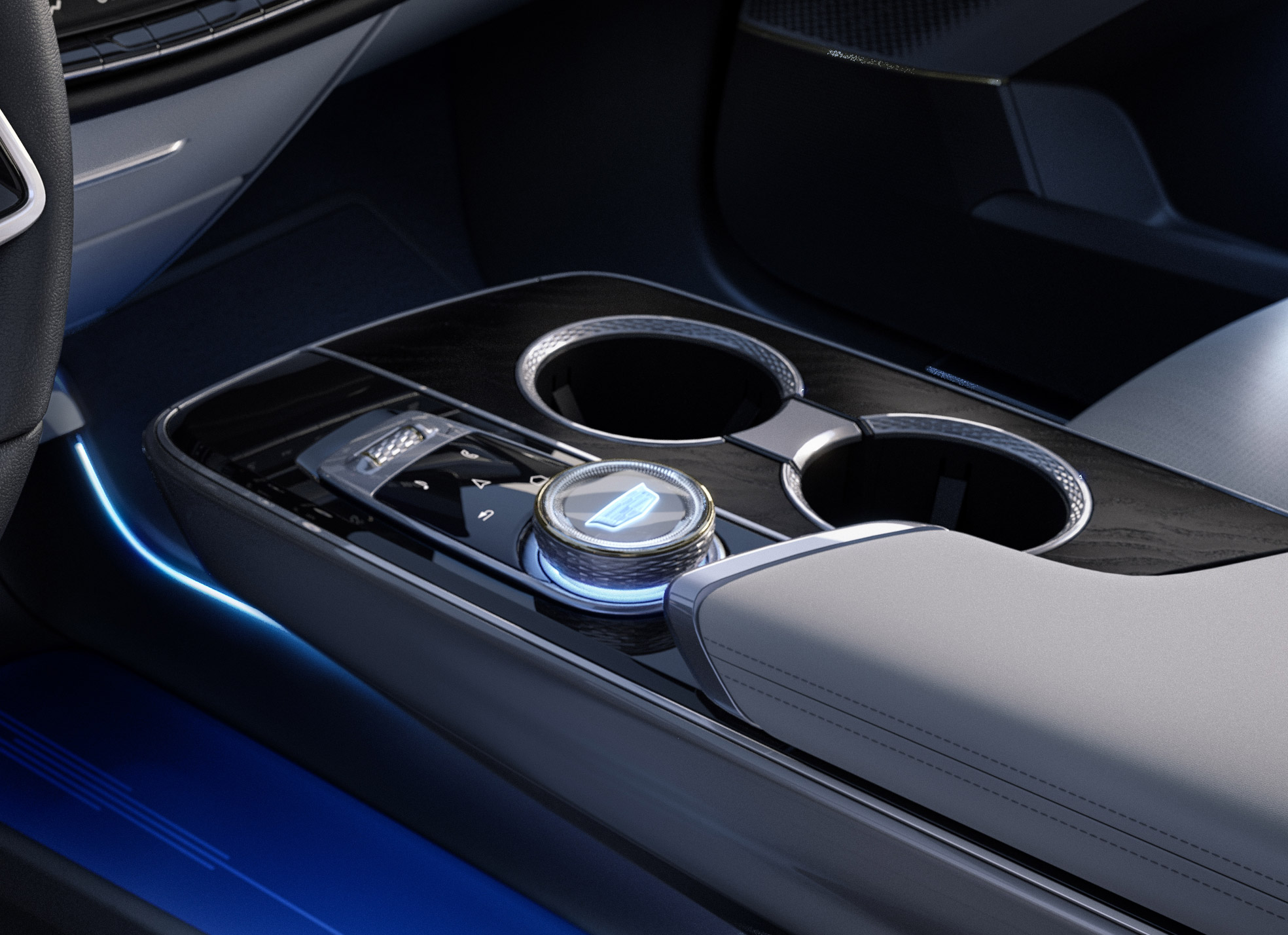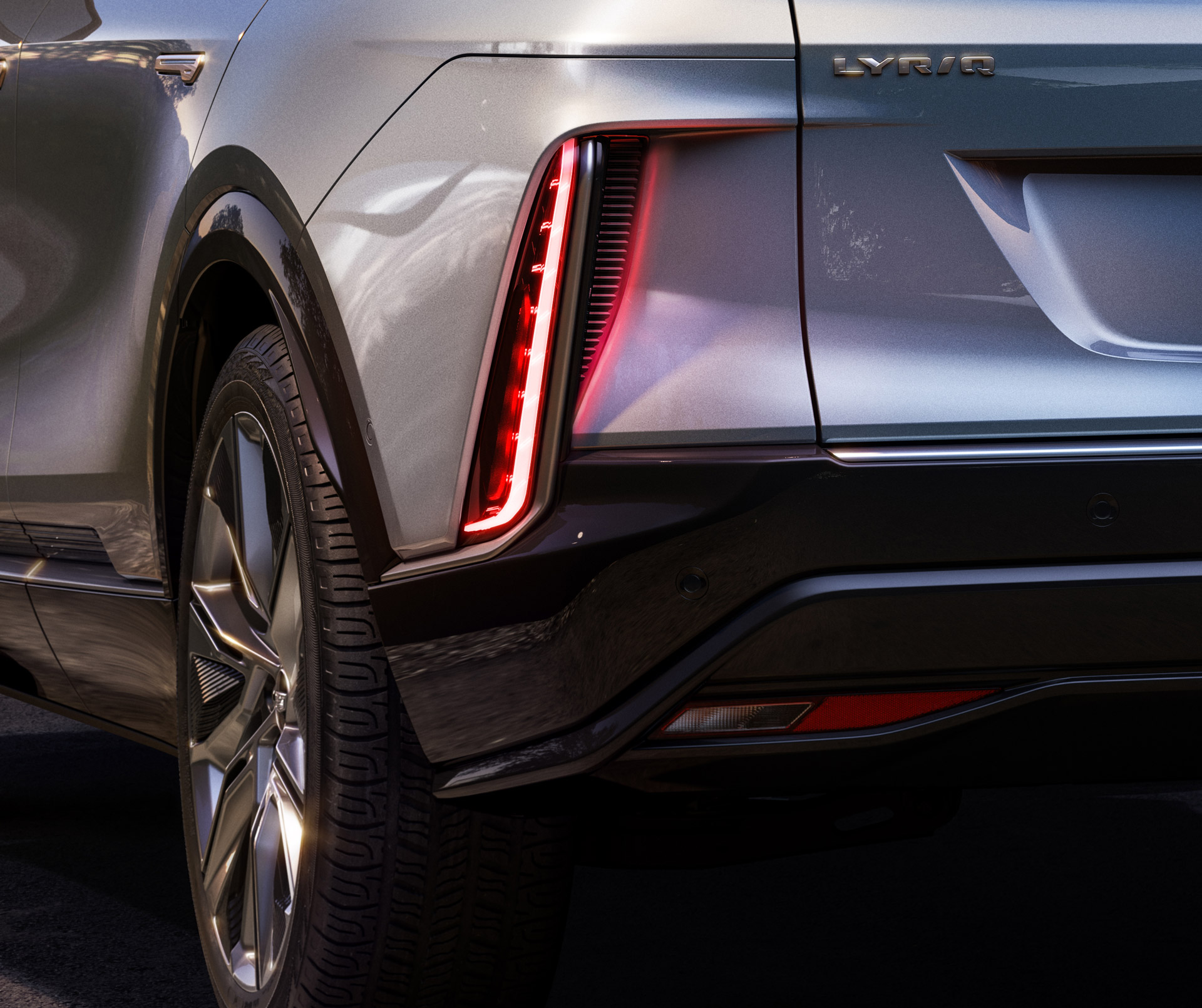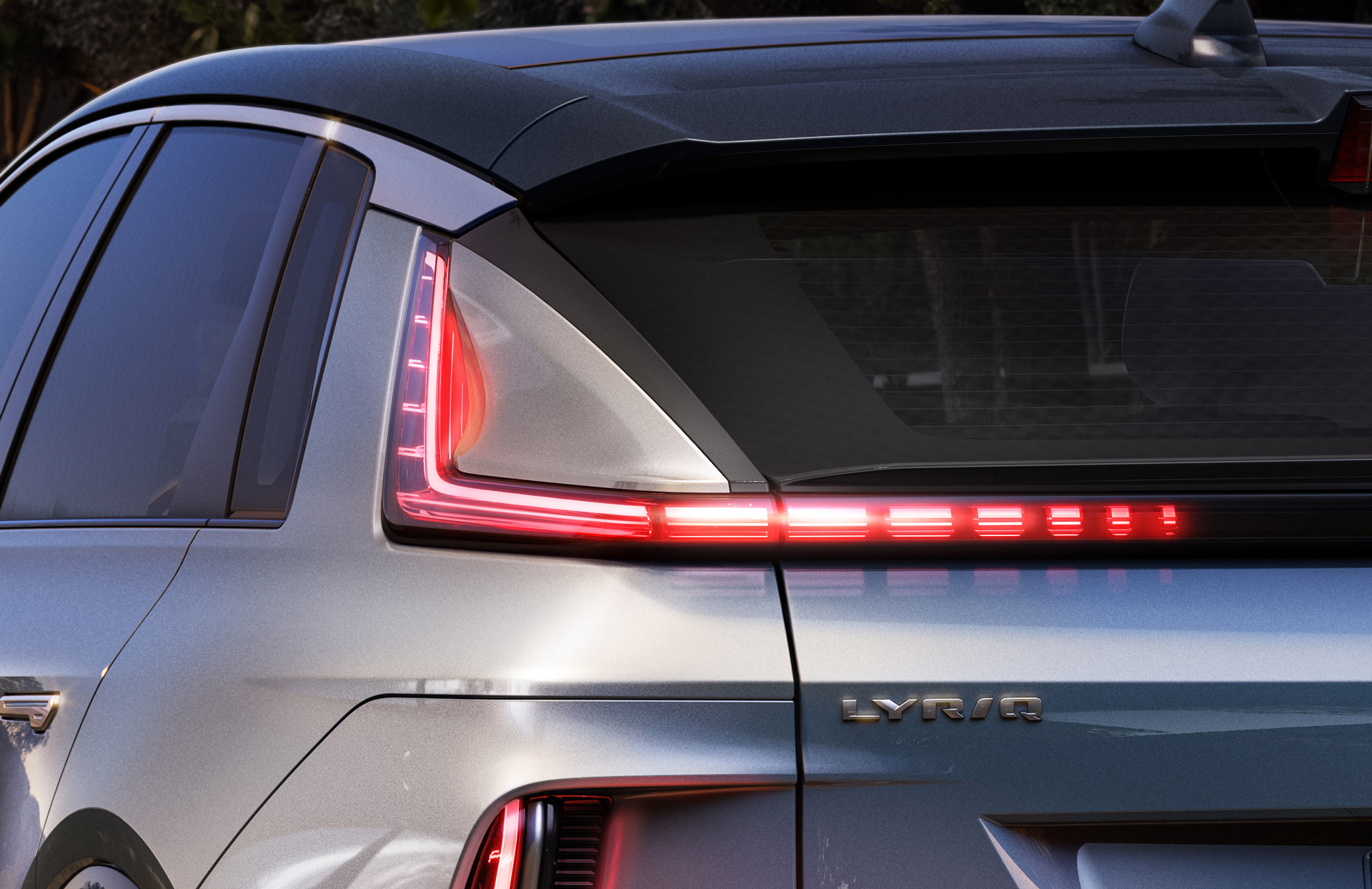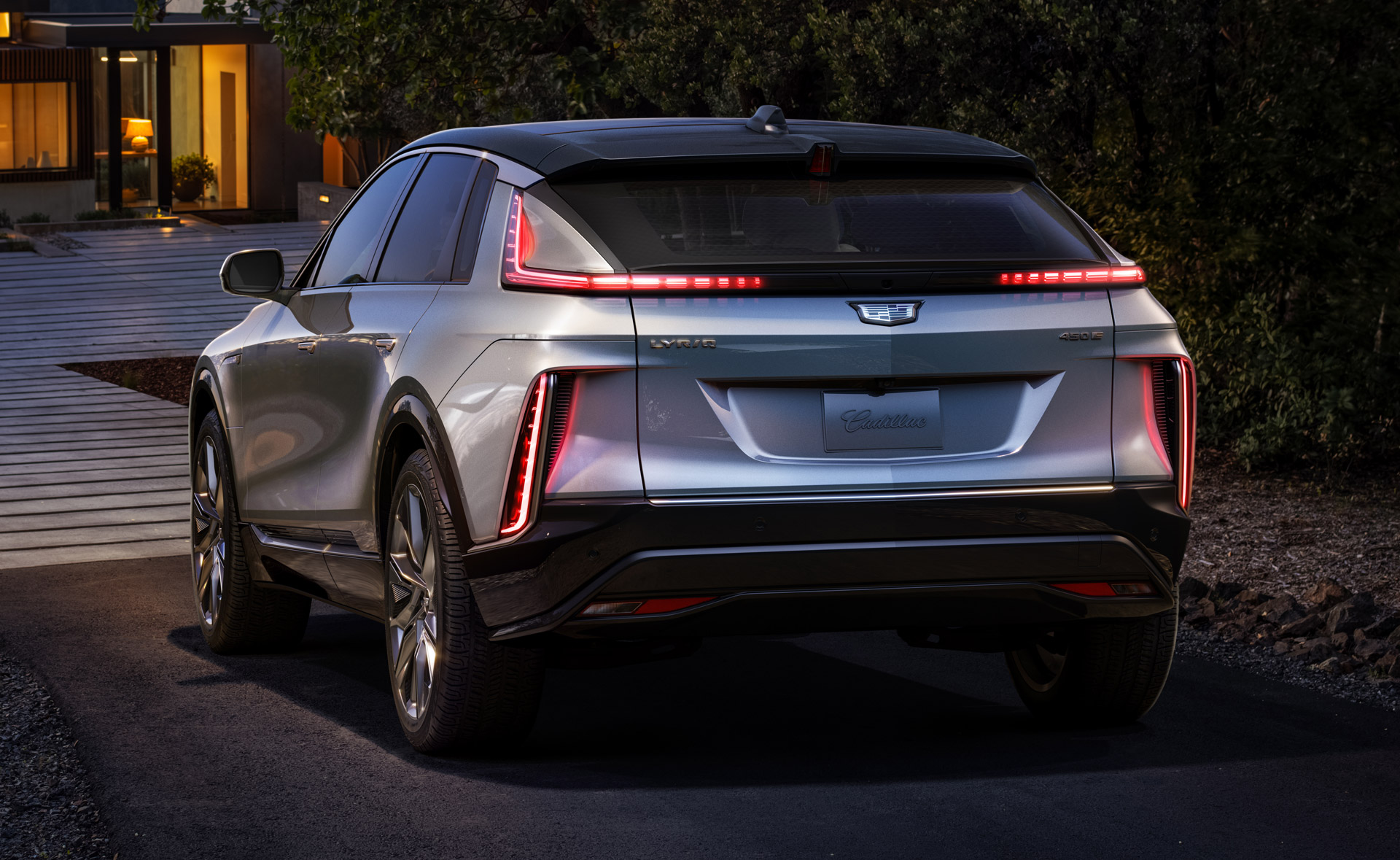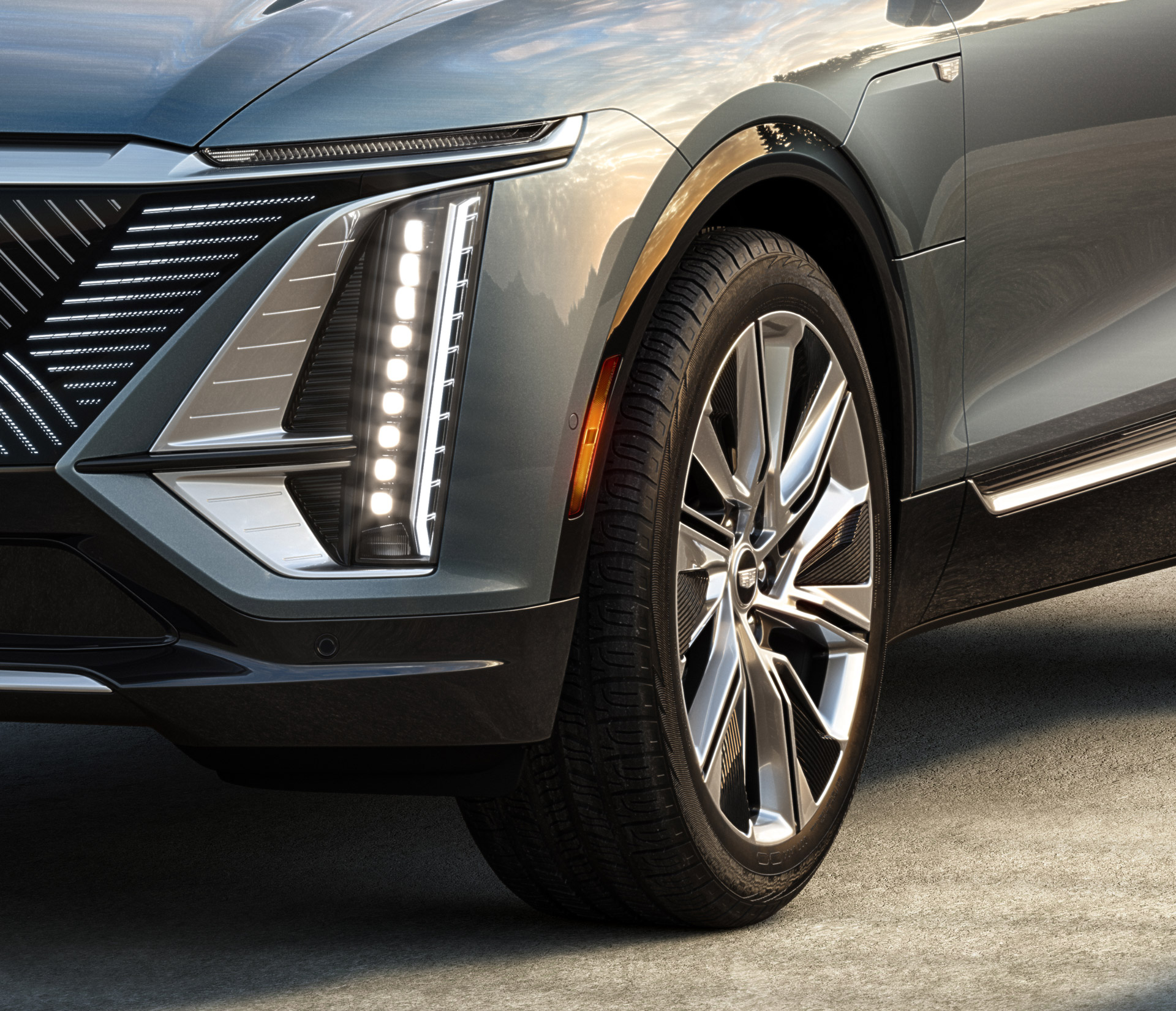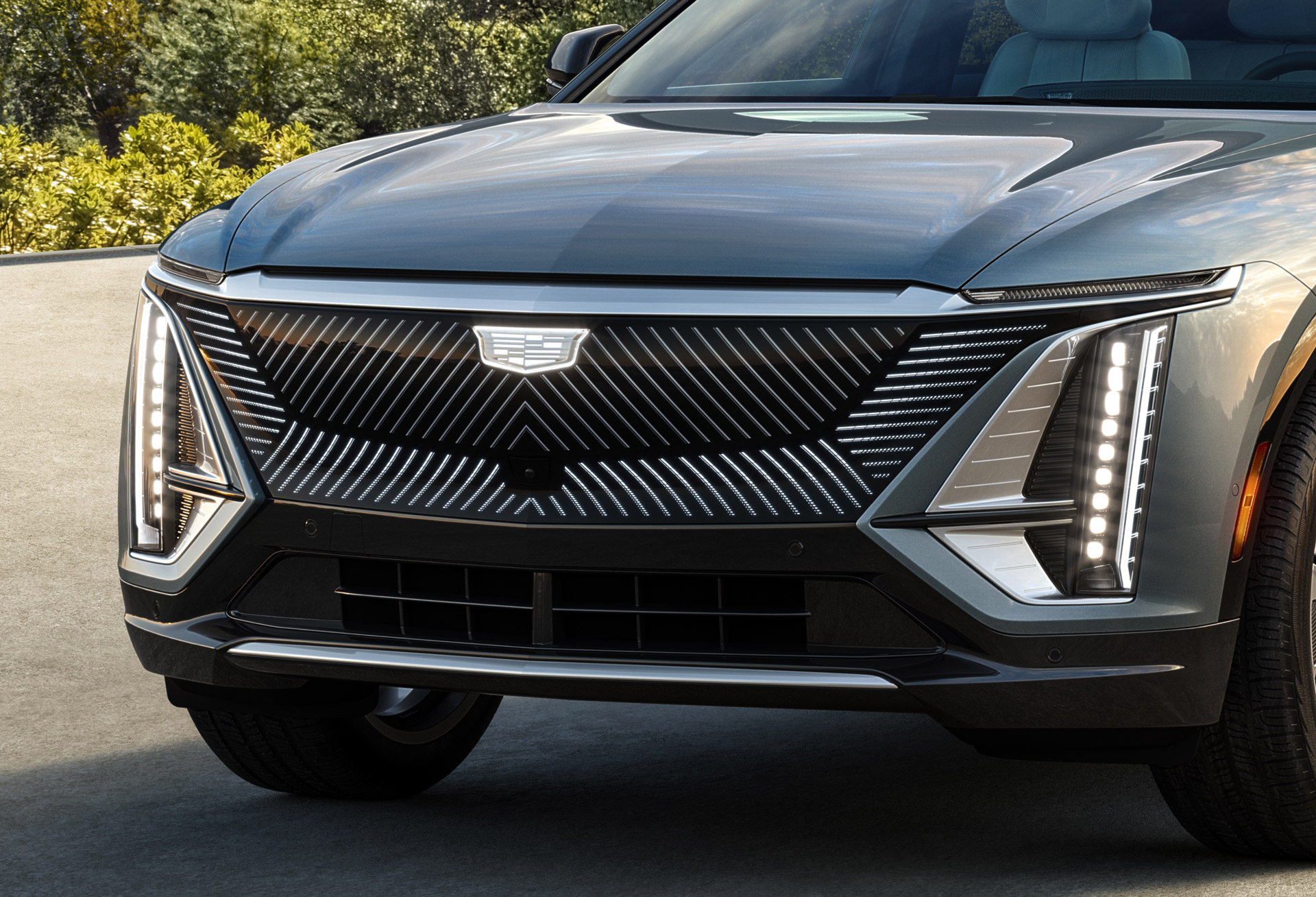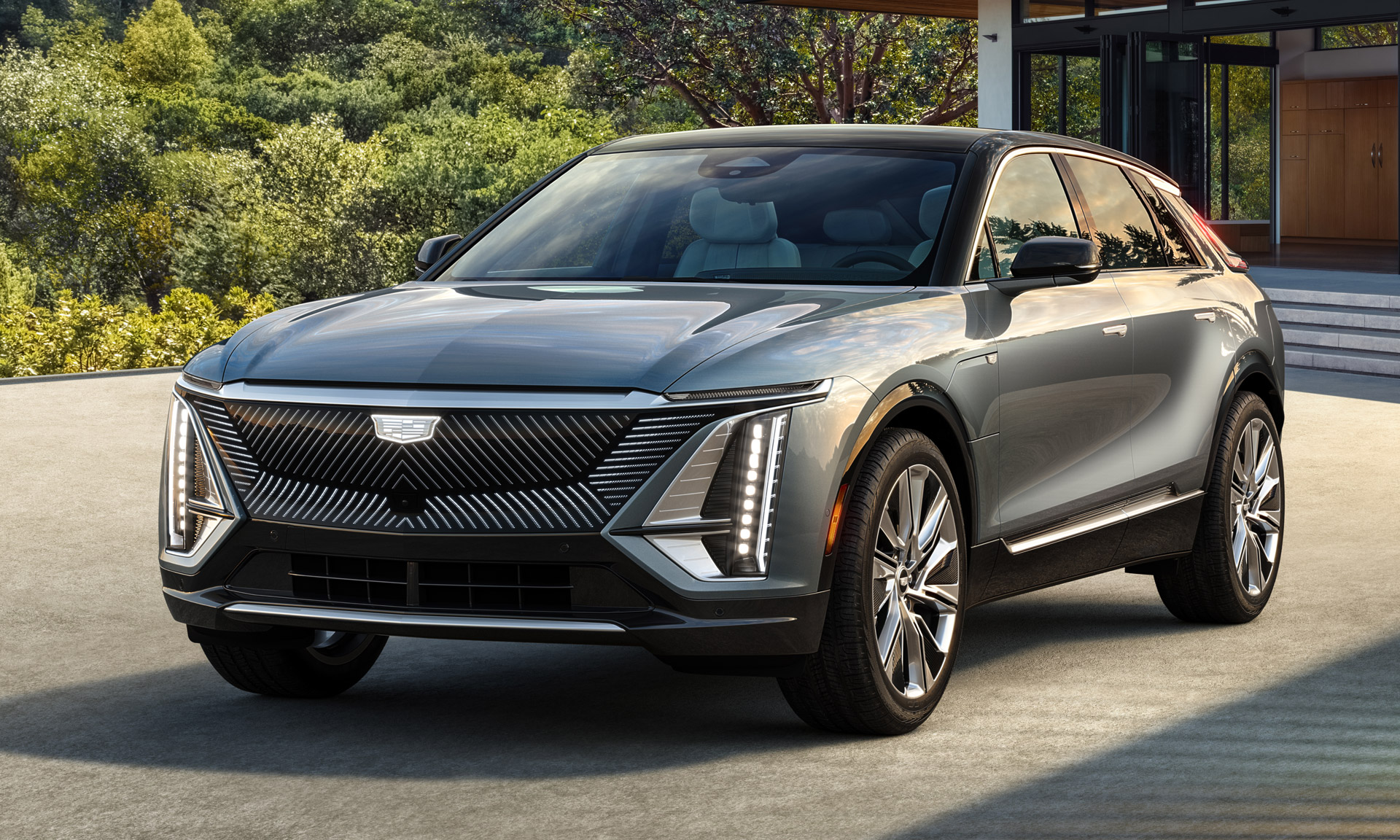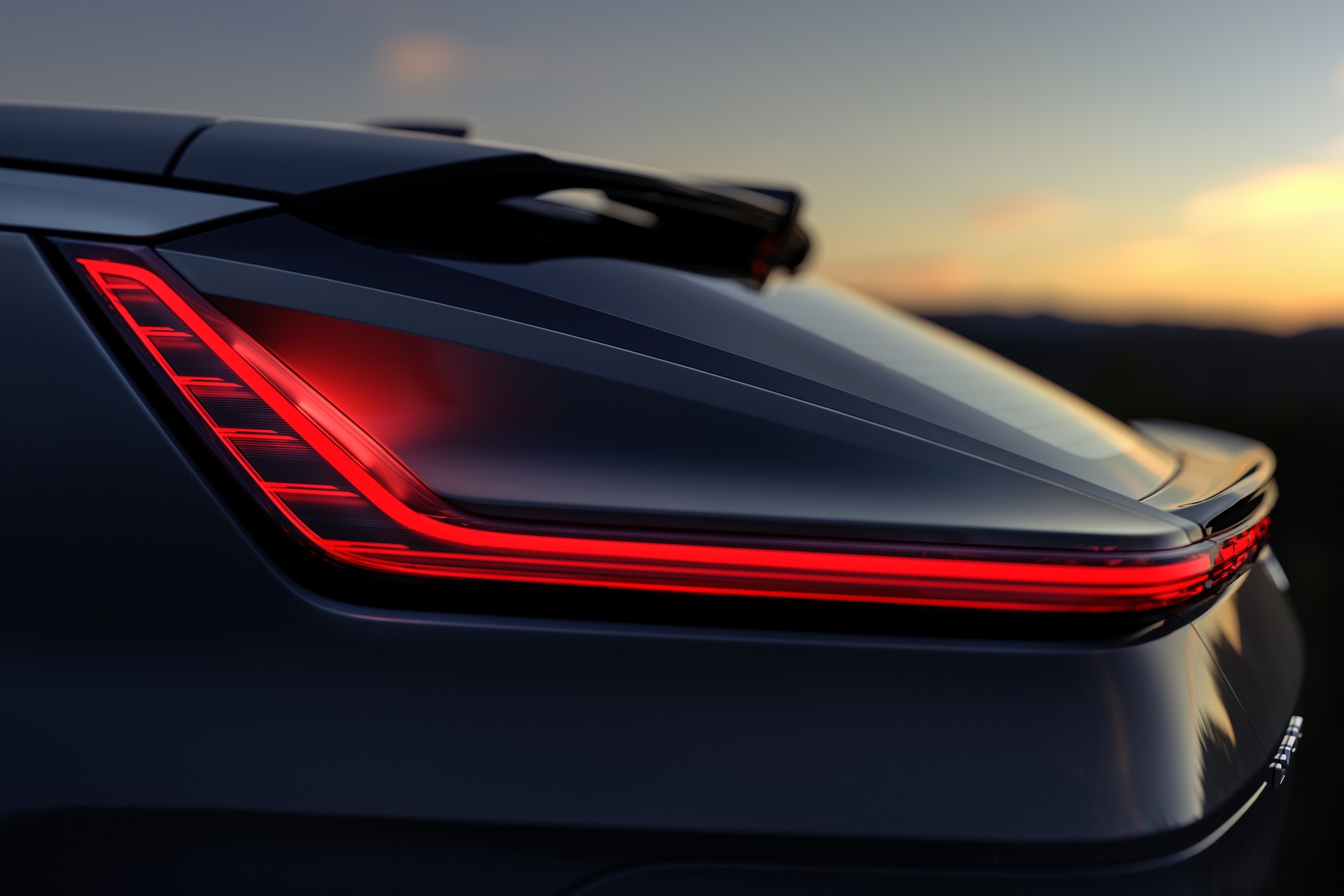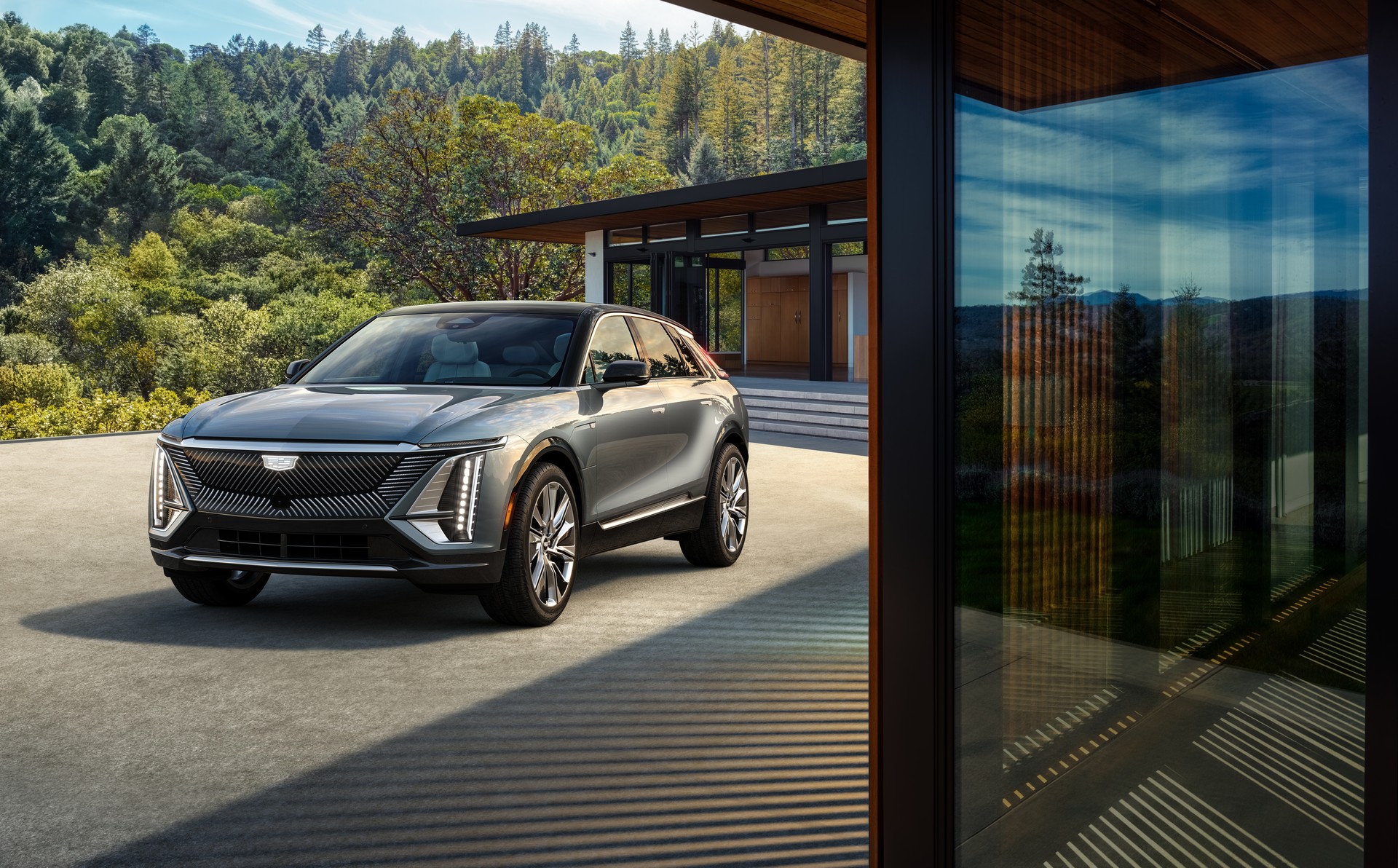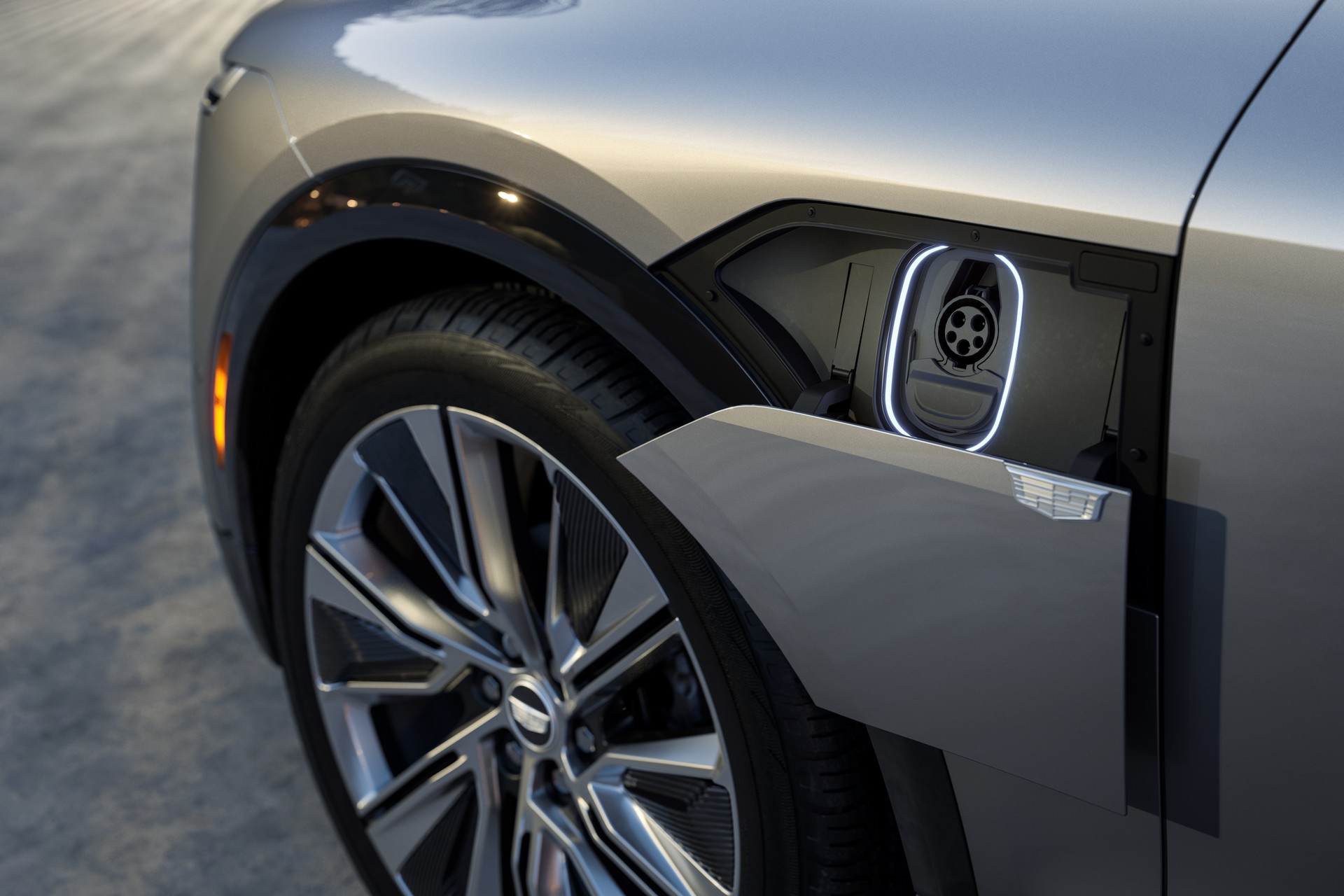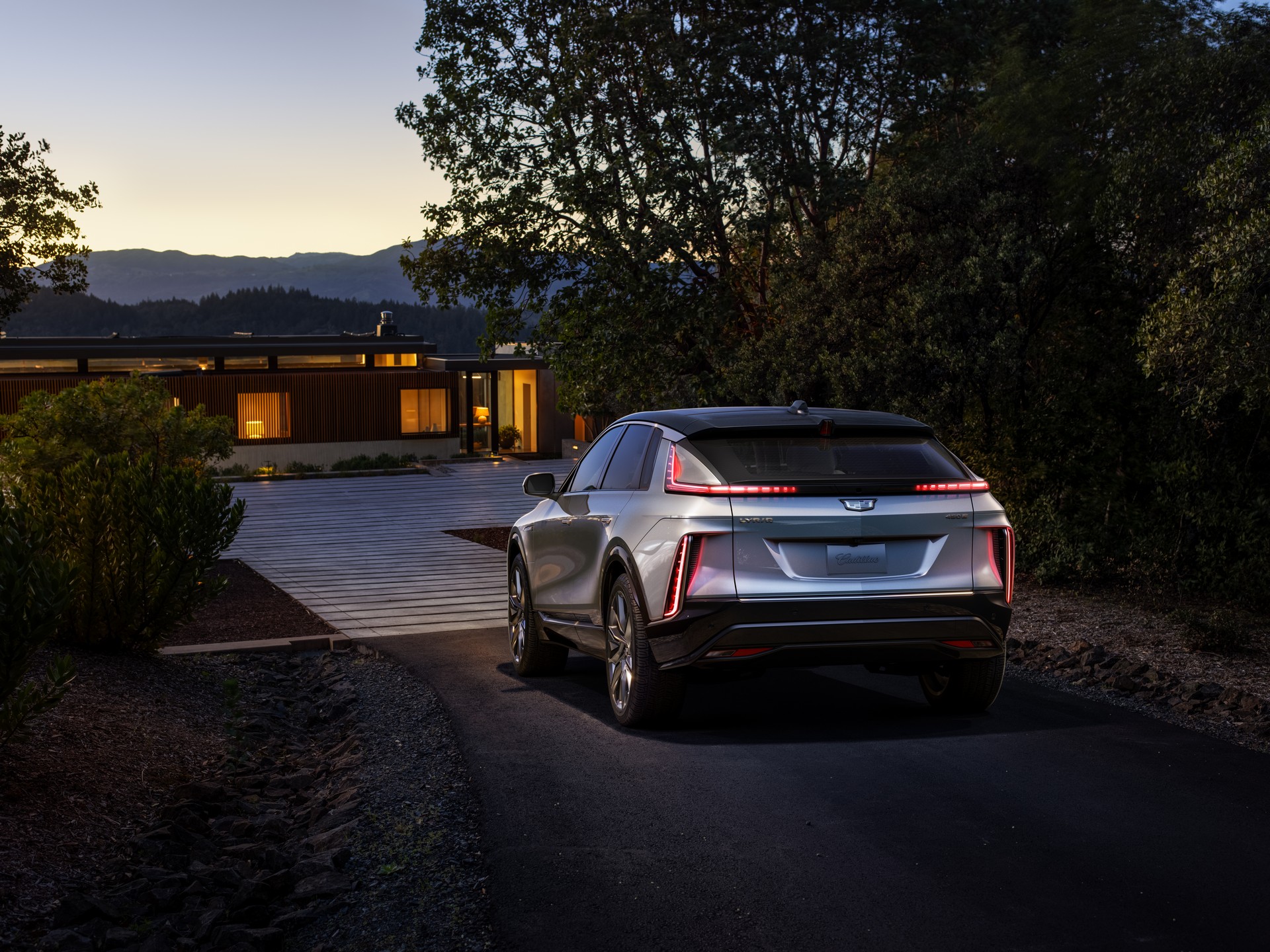Cadillac unveiled the 2023 Lyriq last week and now the company is giving us a look at its development.
The model was previewed by a thinly veiled concept last summer and Cadillac noted the unveiling of the production model was moved up nine months thanks to the use of virtual testing and validation.
Shaving nine months off the development time is an impressive accomplishment and it was made possible due to the use of “cutting-edge virtual engineering tools.” Cadillac didn’t go into many specifics, but noted virtual development and validation was used to enhance aerodynamics and develop protection for the Ultium battery. Engineers also used virtual tools to improve passenger comfort and driver assistance systems as well as optimize aeroacoustics and active road noise cancellation technology.
Also Read: 2023 Cadillac Lyriq Unveiled In Production Form, Arrives Next Year For Under $60k
GM’s executive director of virtual design, development and validation said “While GM has been developing great products for more than 100 years, virtual engineering has allowed us to visualize aspects of our designs that have not been previously observable with conventional vehicle testing.” Mike Anderson went on to say, “This is one of many inherent strengths of virtual engineering that we’ve capitalized on to completely reimagine how we create and develop future mobility products like the Cadillac Lyriq.”
His sentiments were echoed by Lyriq chief engineer Jamie Brewer, who remarked “Now that we’ve moved to the next phase of development, the initial quality of our pre-production test vehicles is some of the best that I’ve ever seen. During early test drives, I’ve been impressed with the ride, handling and overall performance of the vehicle at this stage of development.”
Besides speeding up development, the use of virtual tools could reduce engineering costs by $1.5 (£1 / €1.2) billion annually. This is aided by the fact that GM’s upcoming electric vehicles ride on the modular Ultium platform and this enables learnings from one program to accelerate the development of others.
As a refresher, the Lyriq is slated to arrive in the first half of 2022 and pricing will start at $59,990. At launch, the crossover will have a 100 kWh lithium-ion battery pack and a rear-mounted electric motor that produces an estimated 340 hp (254 kW / 345 PS) and 325 lb-ft (440 Nm) of torque. This should enable the model to have a range in excess of 300 miles (483 km).




